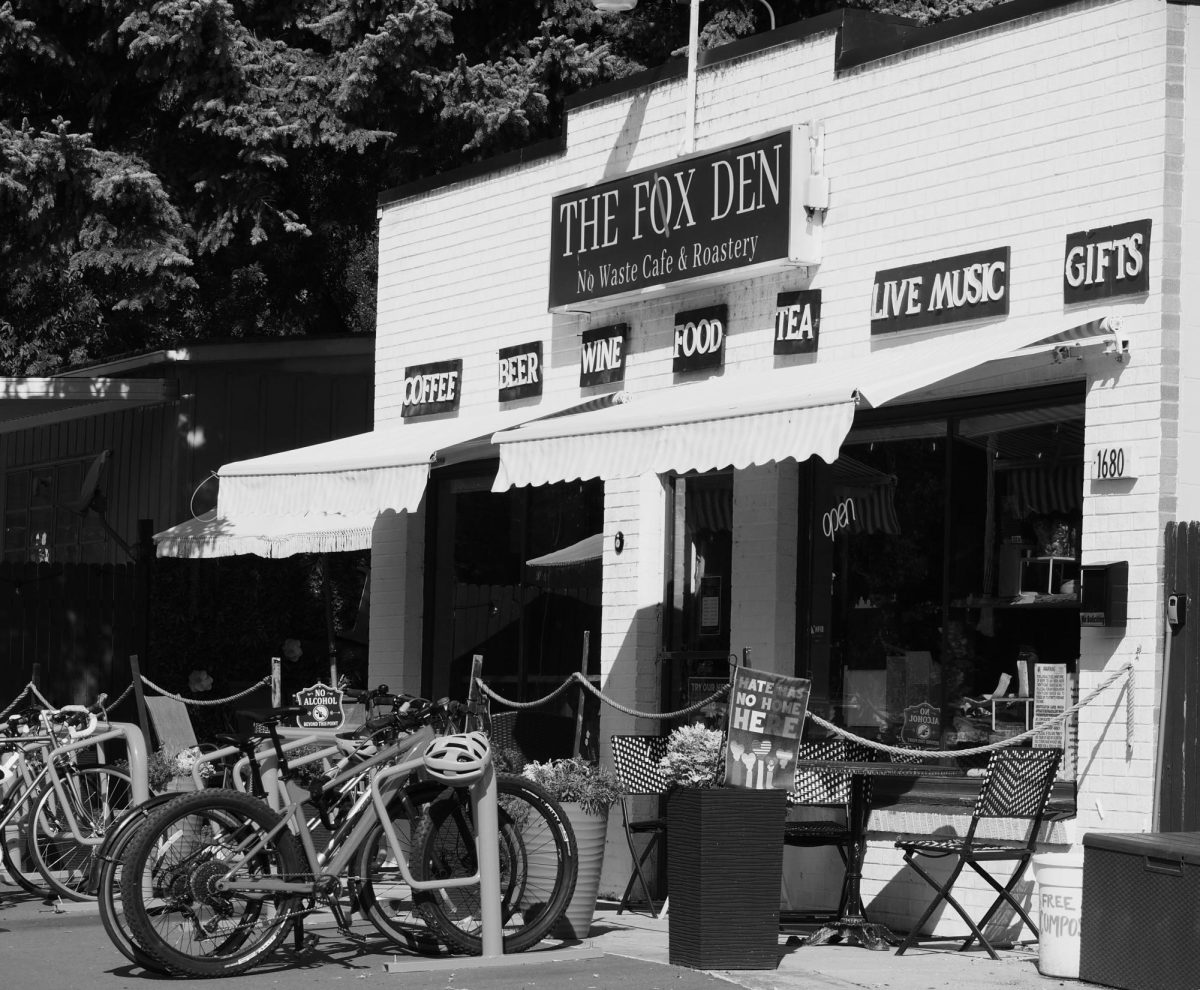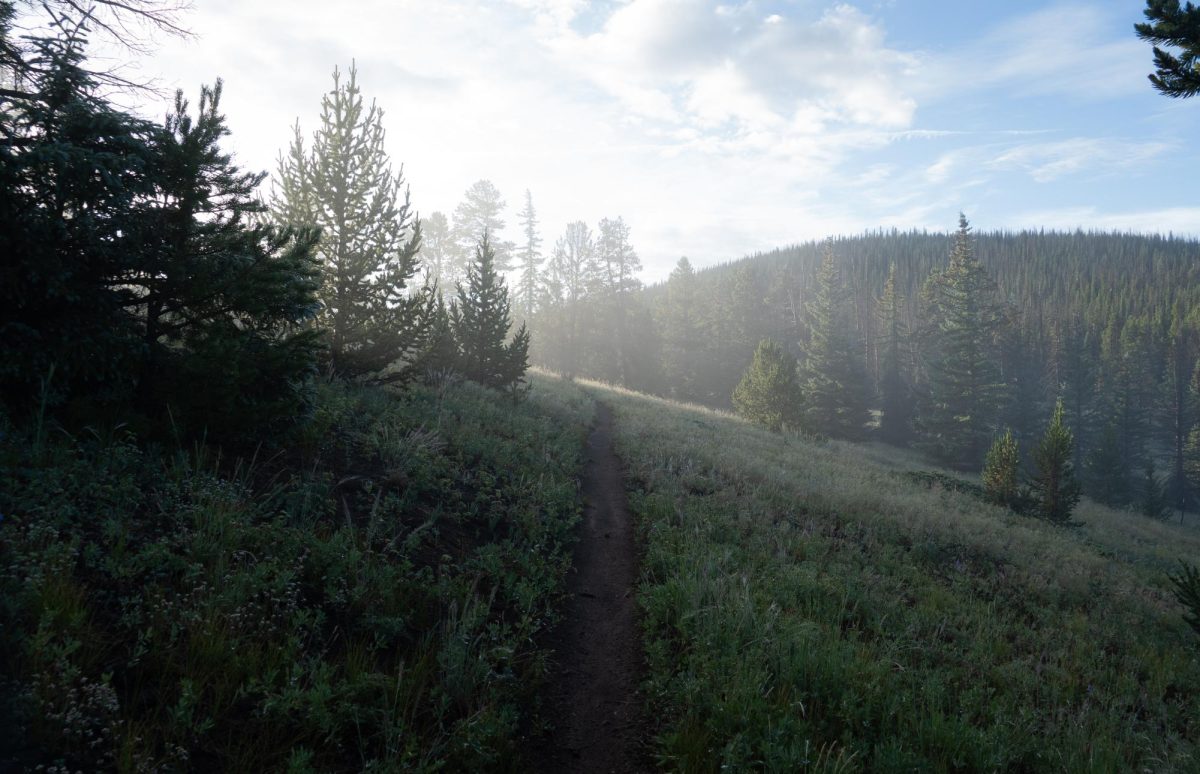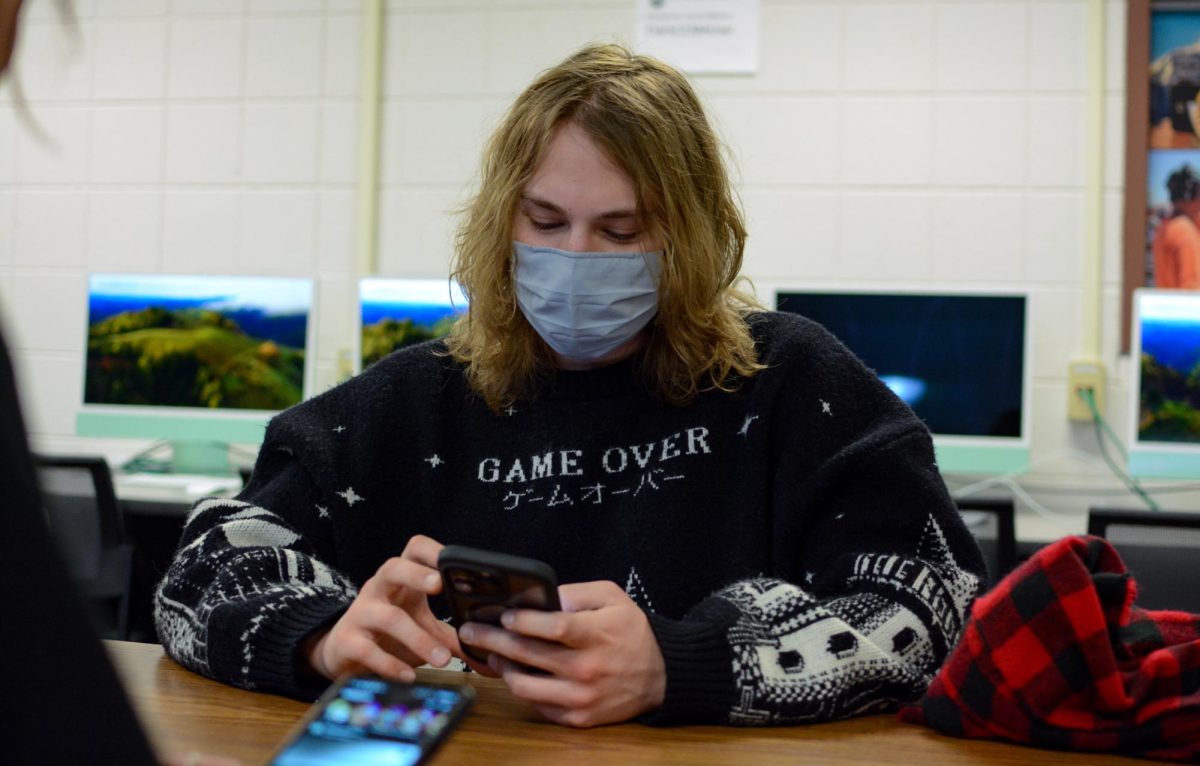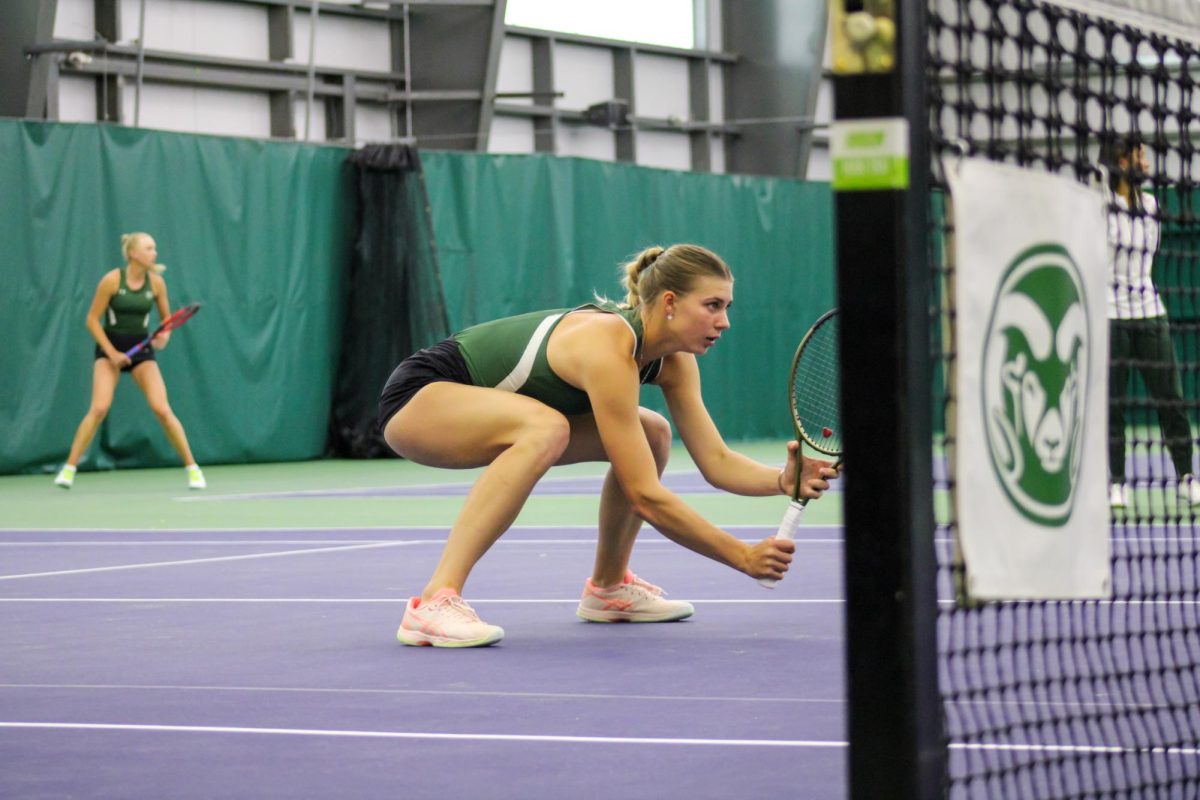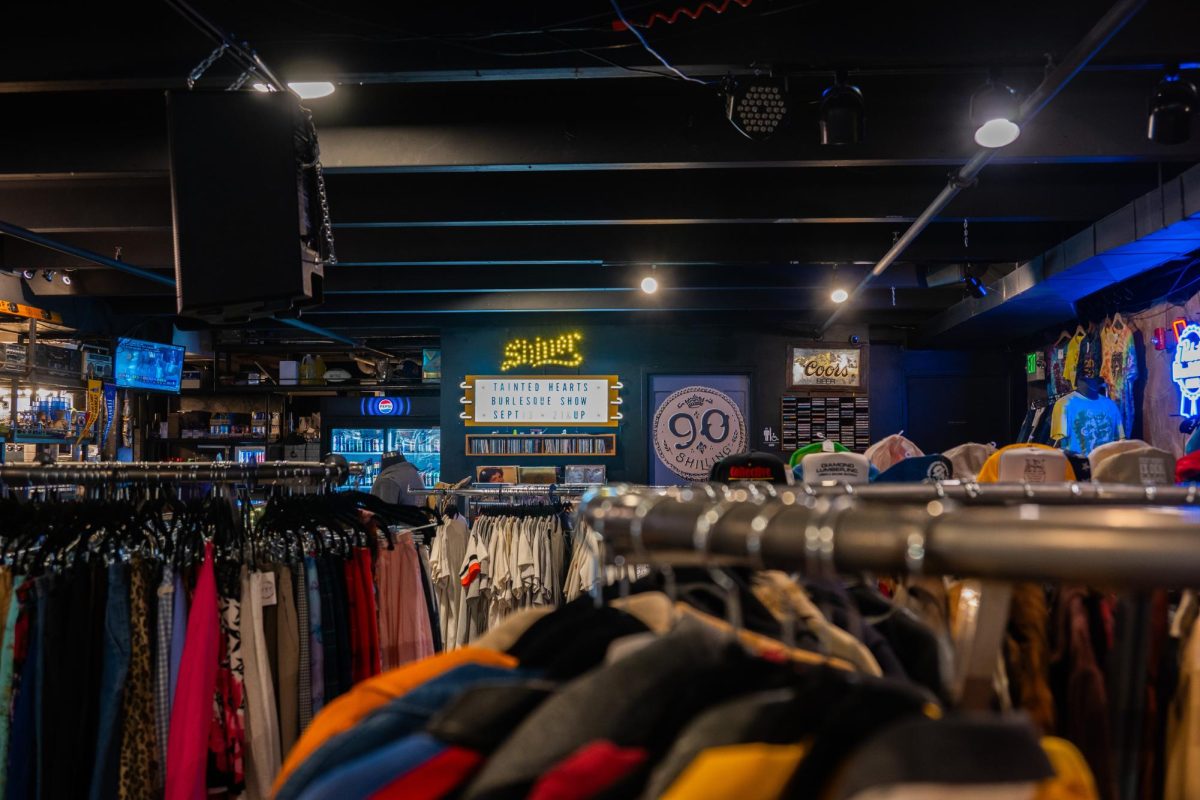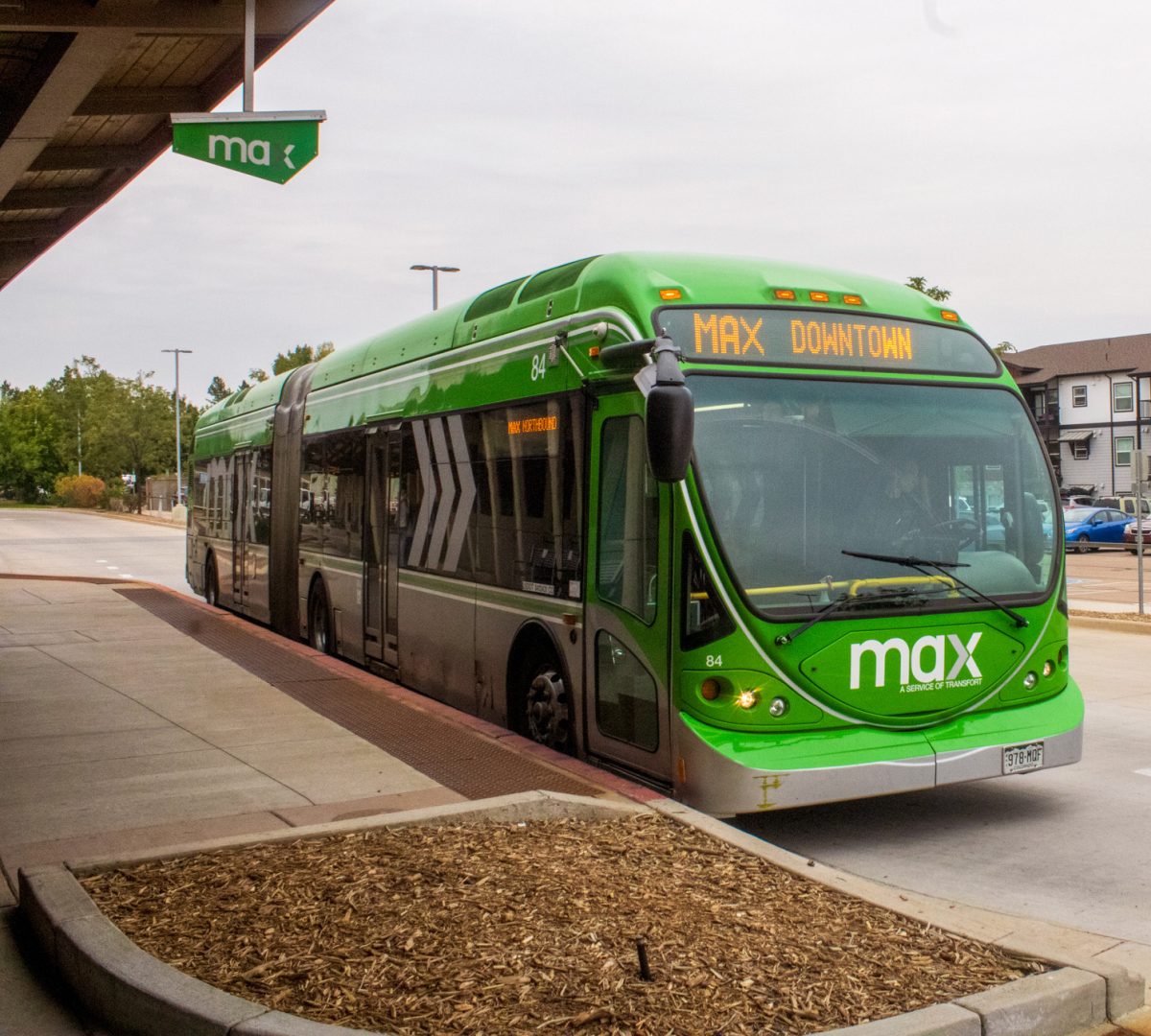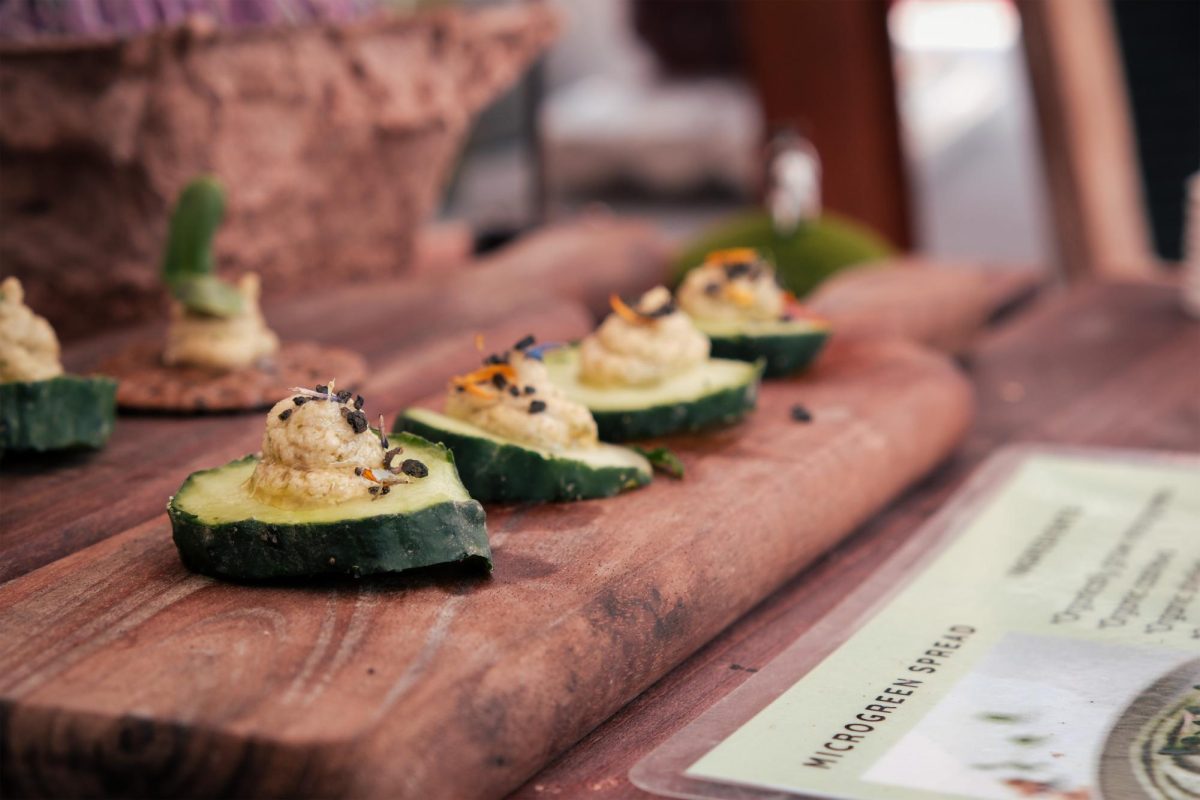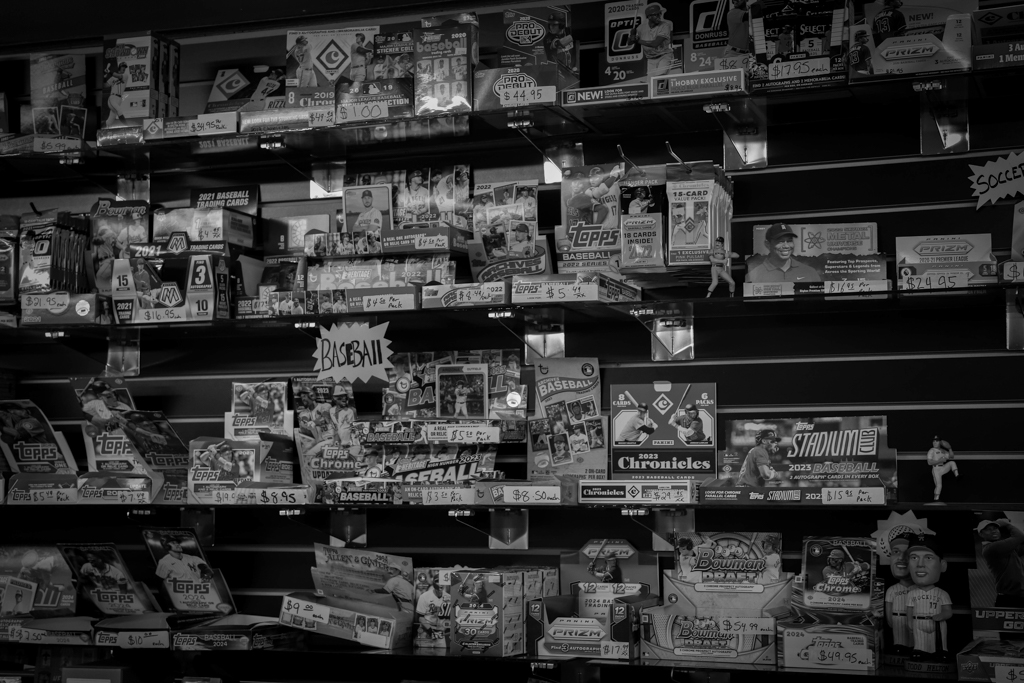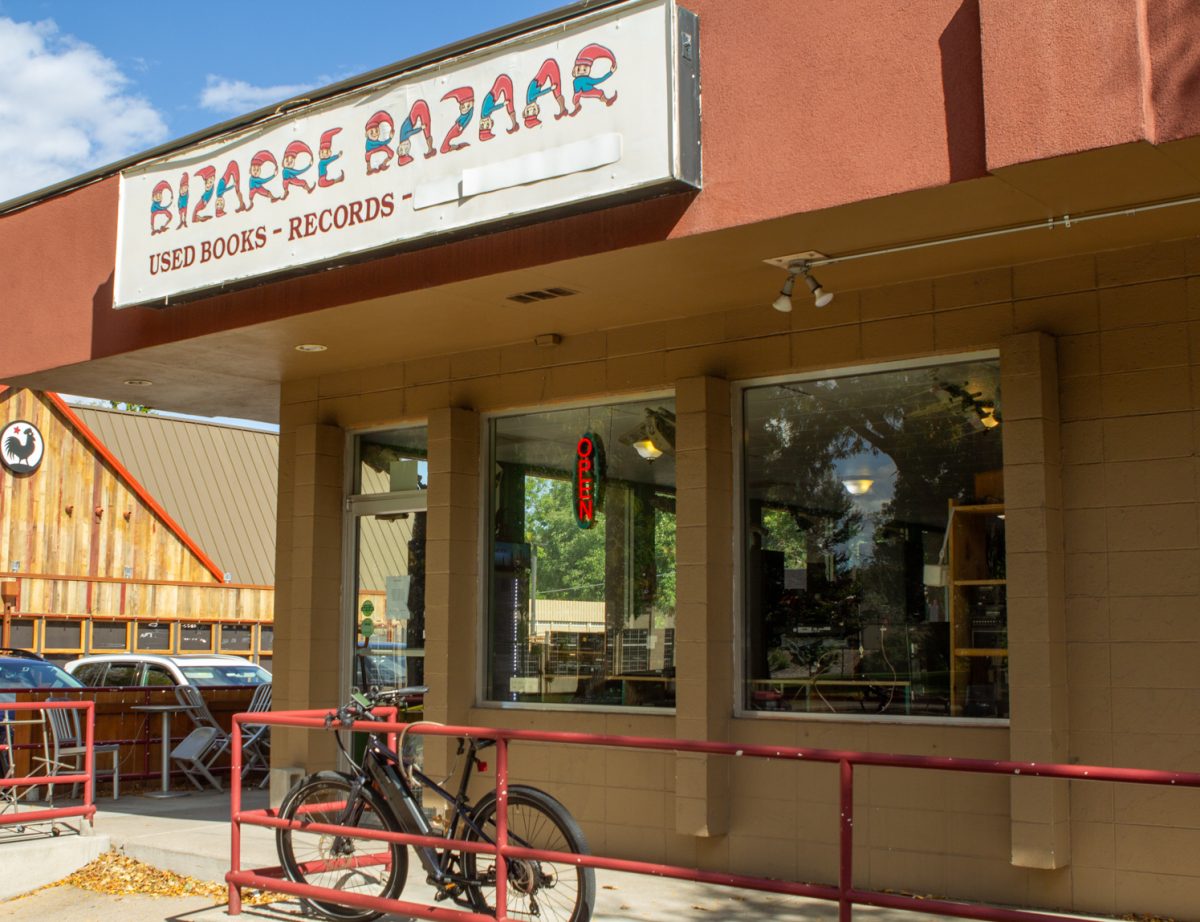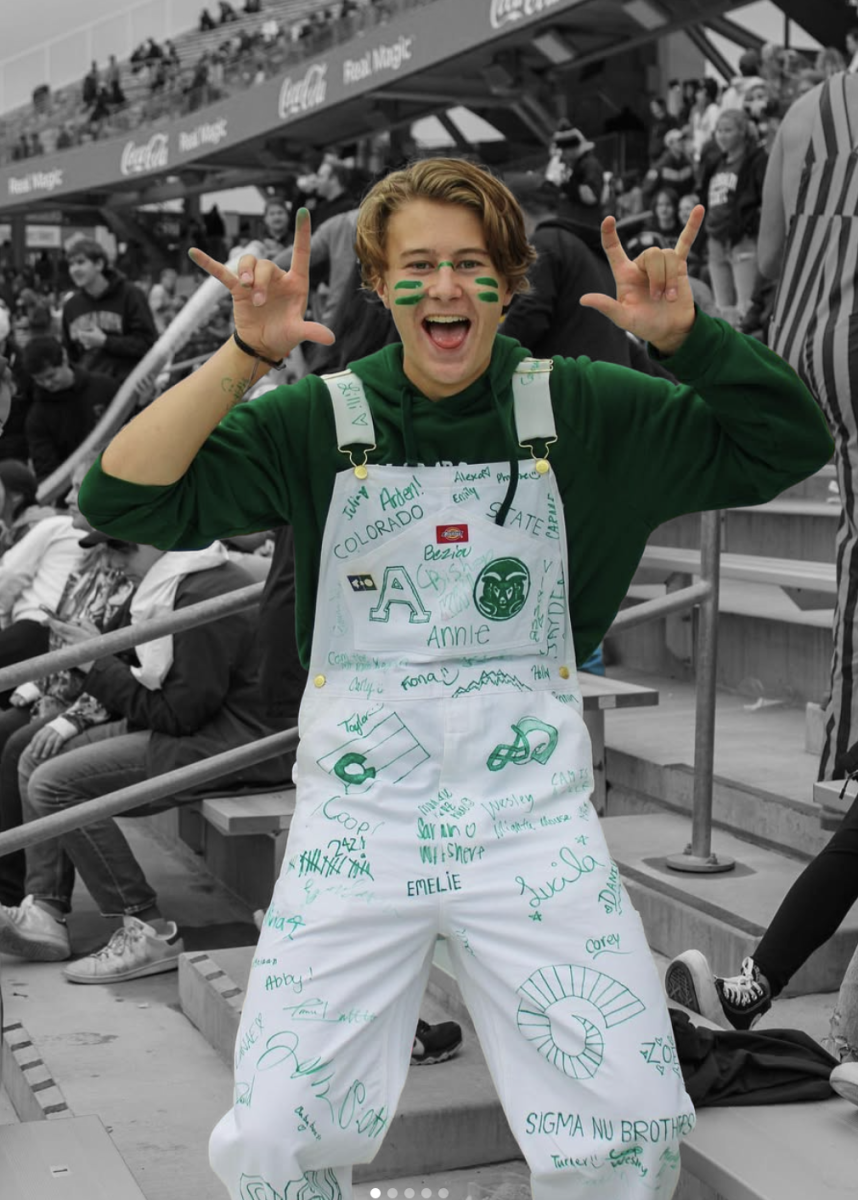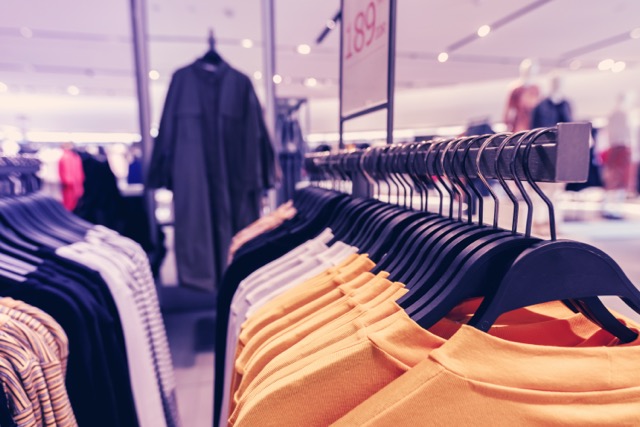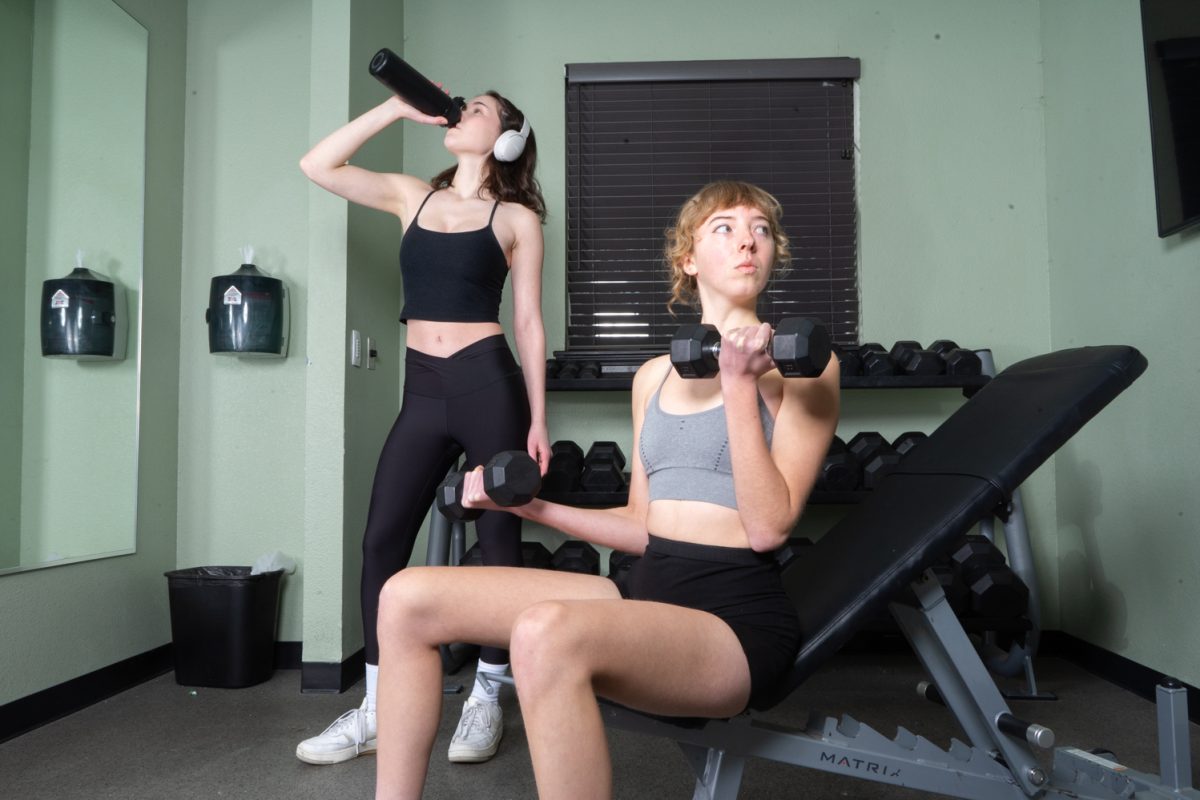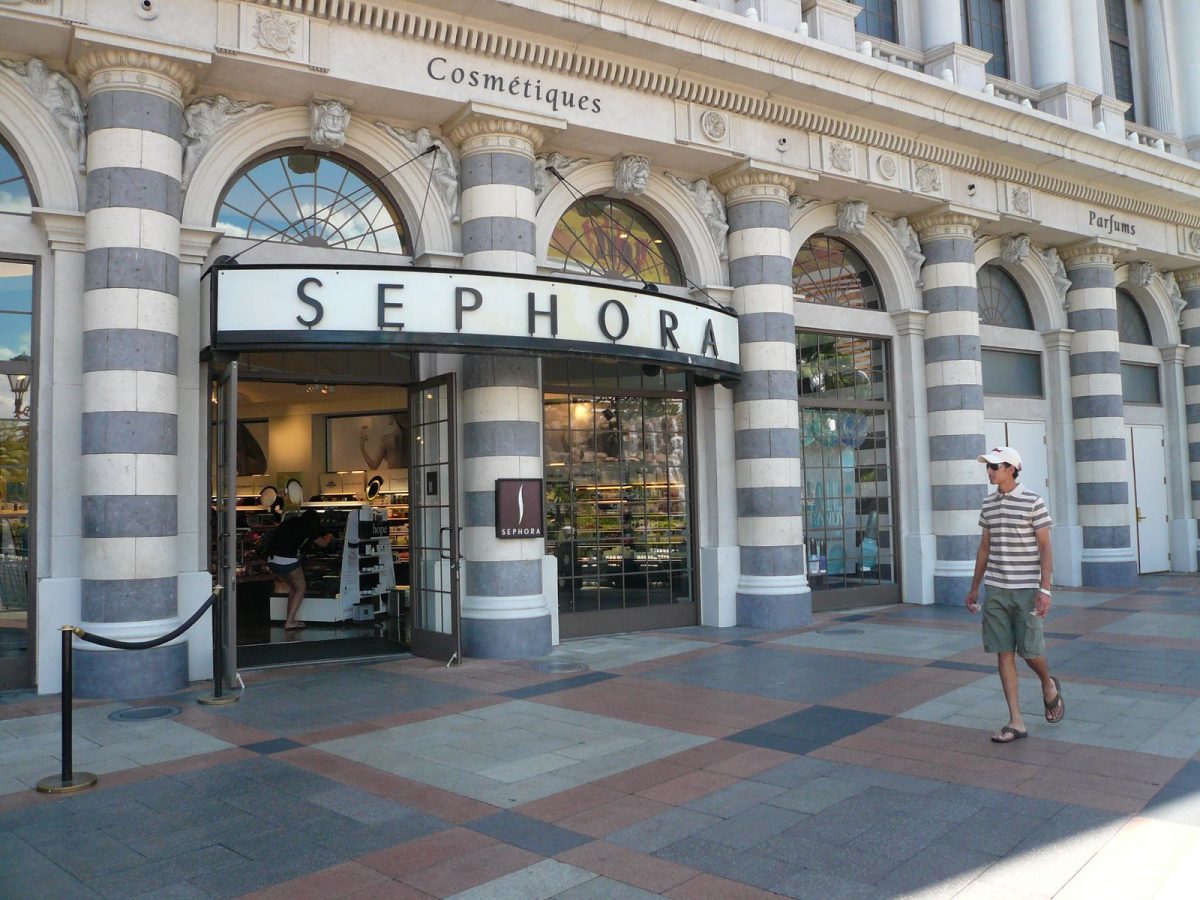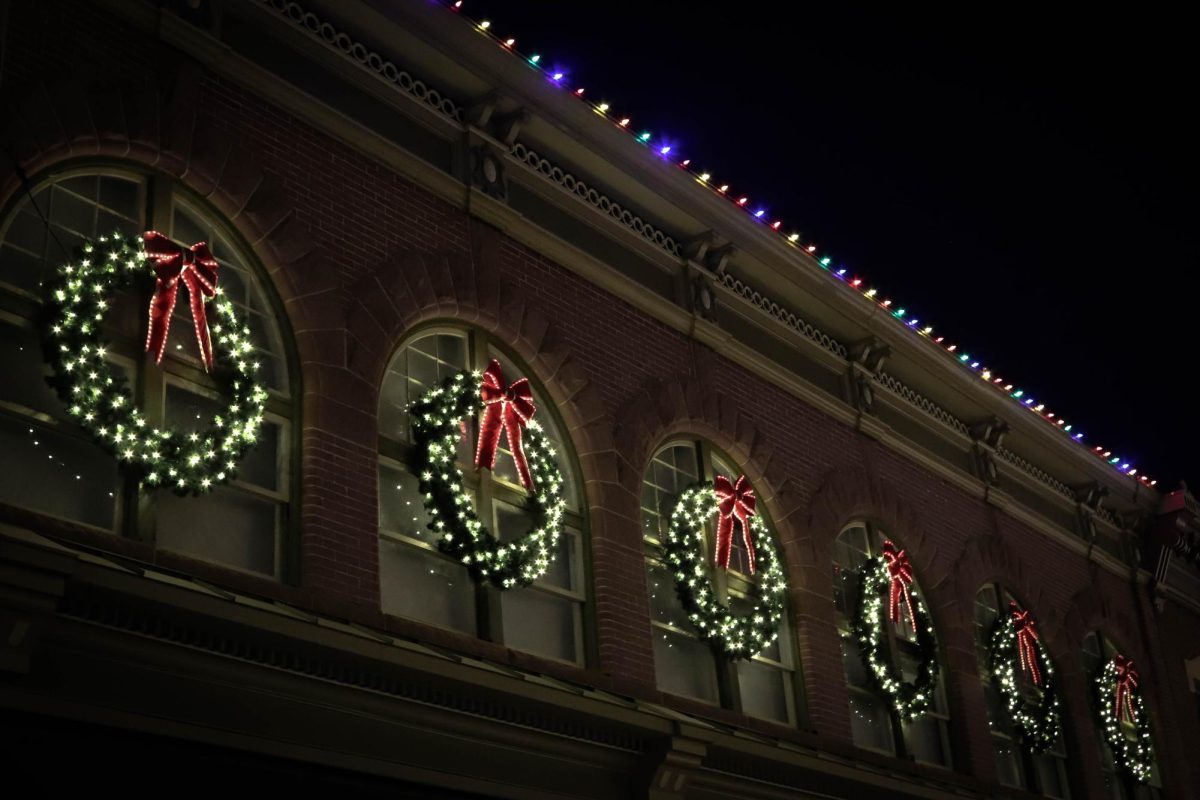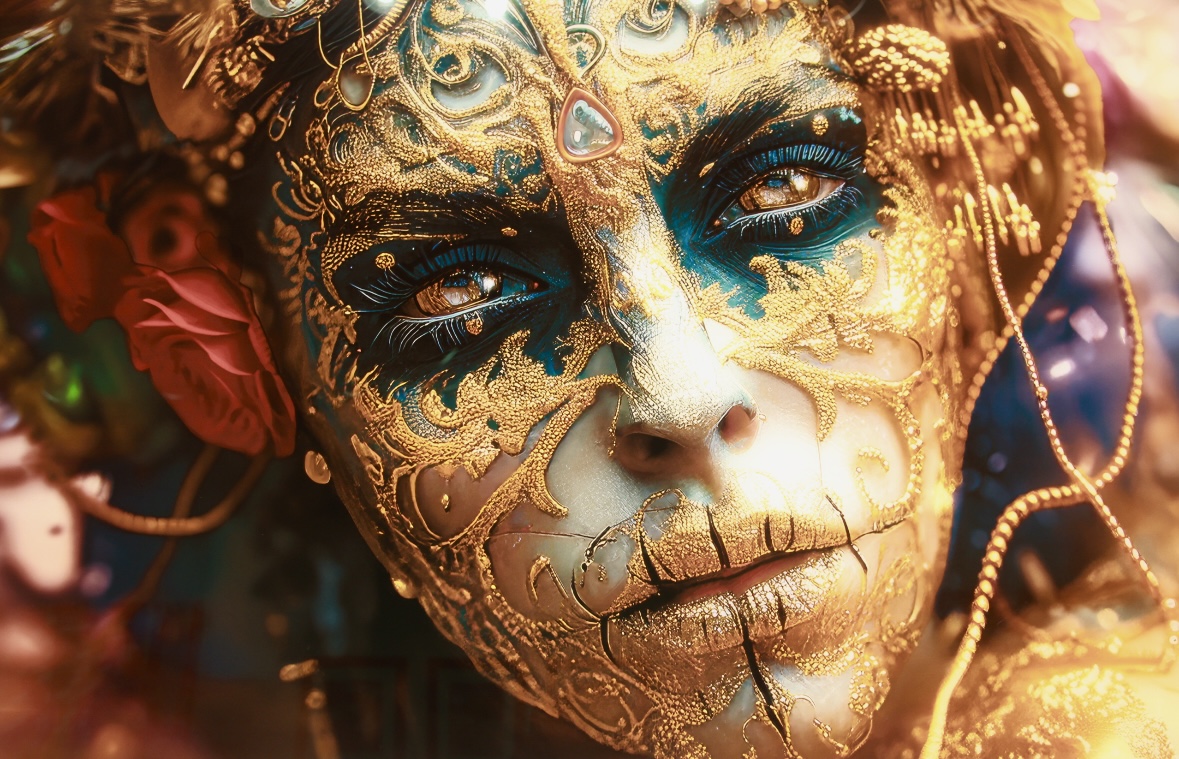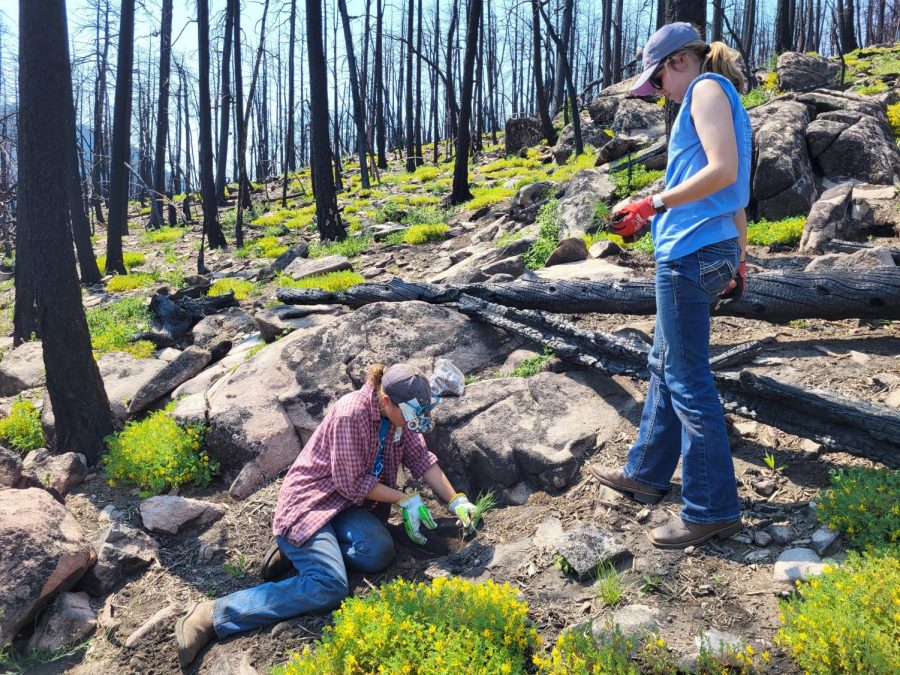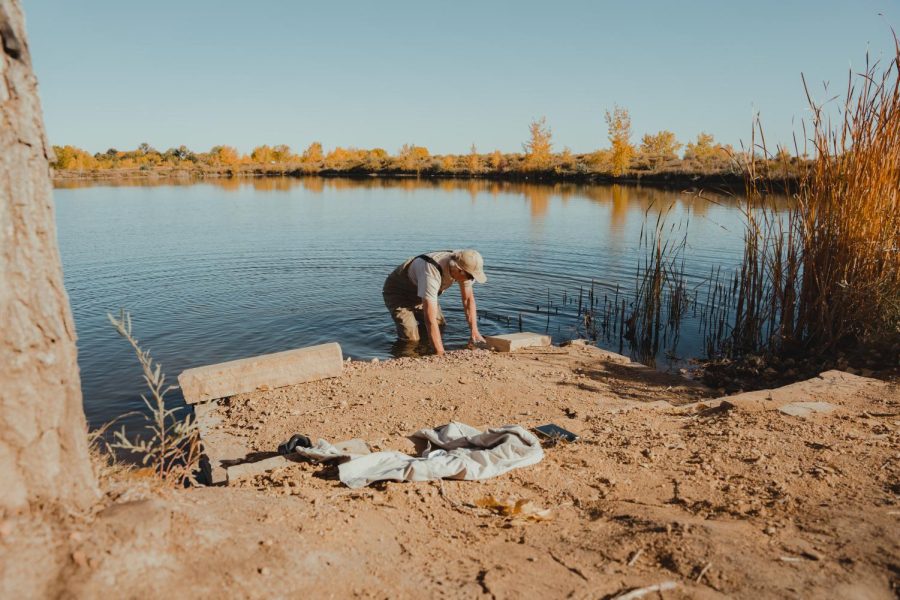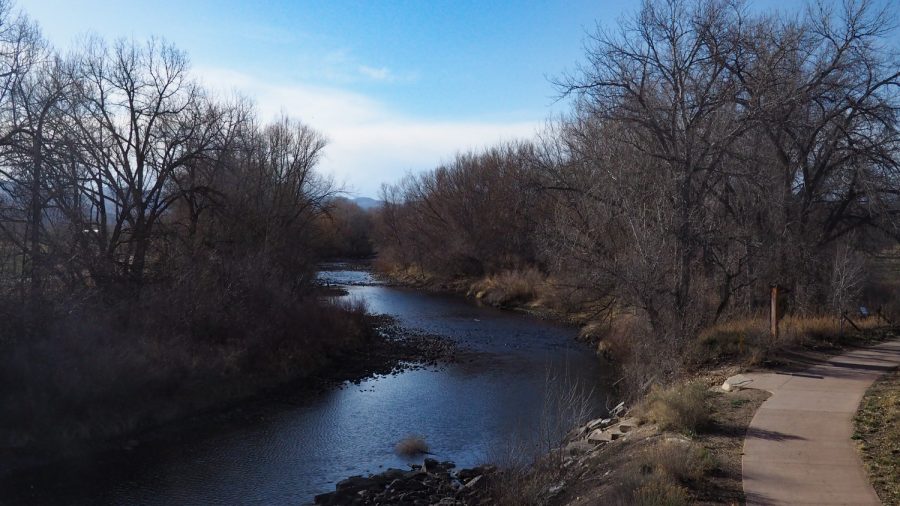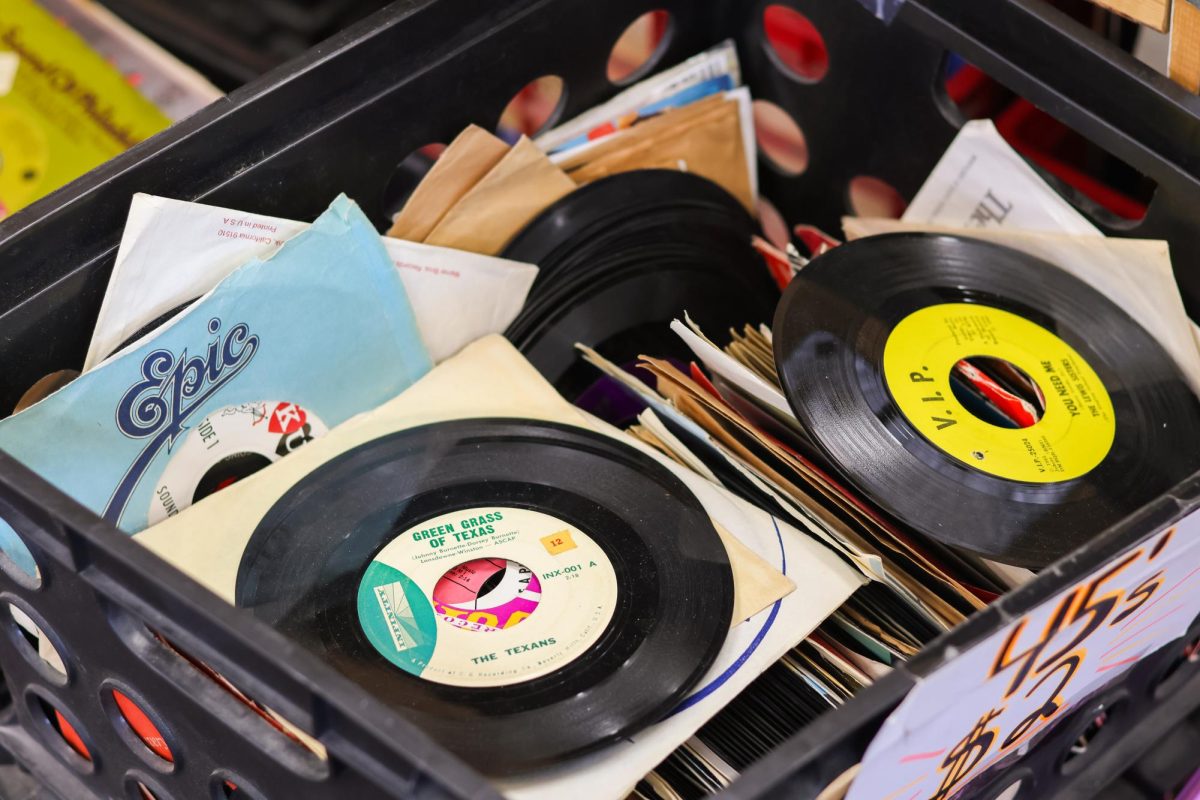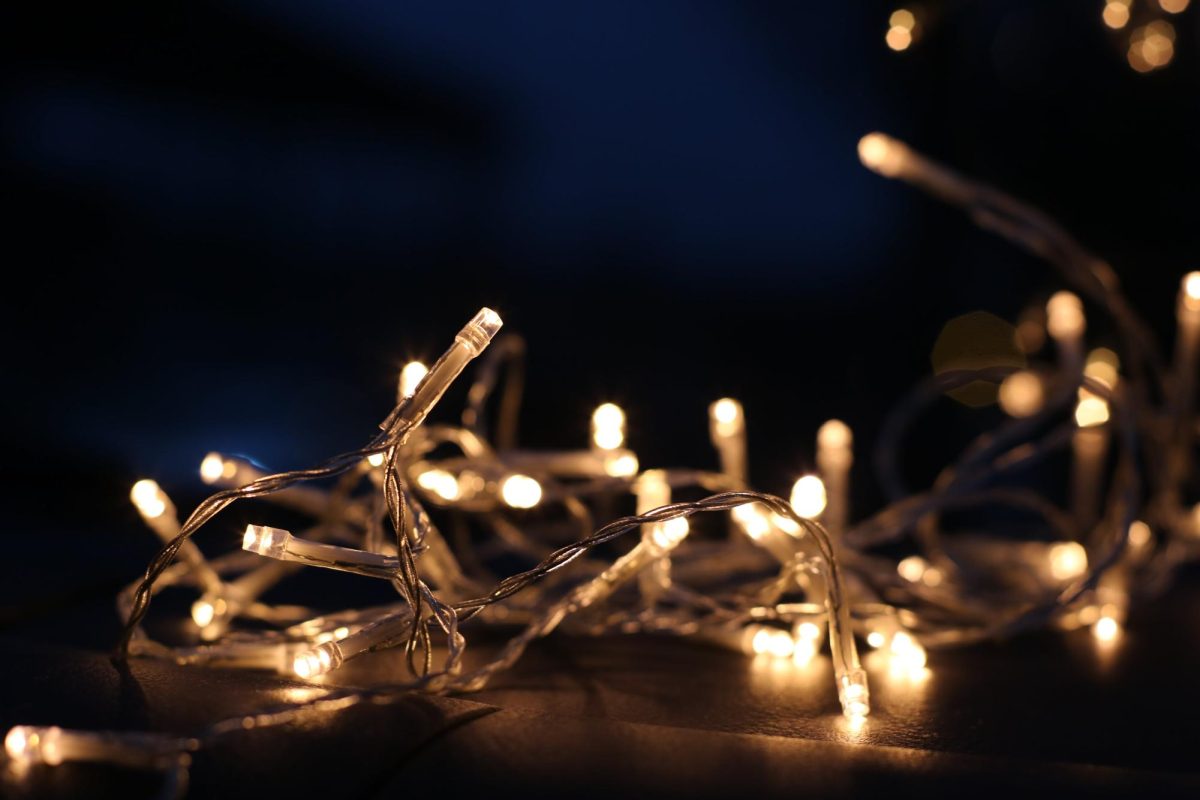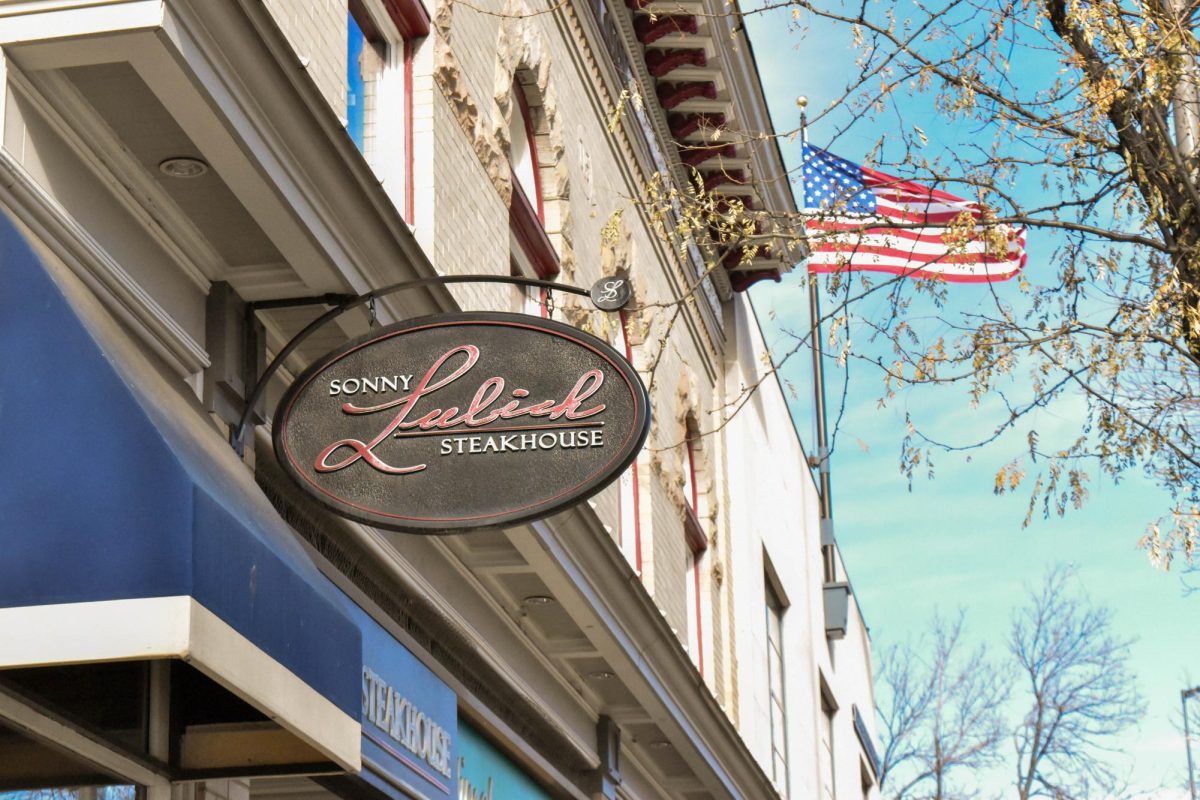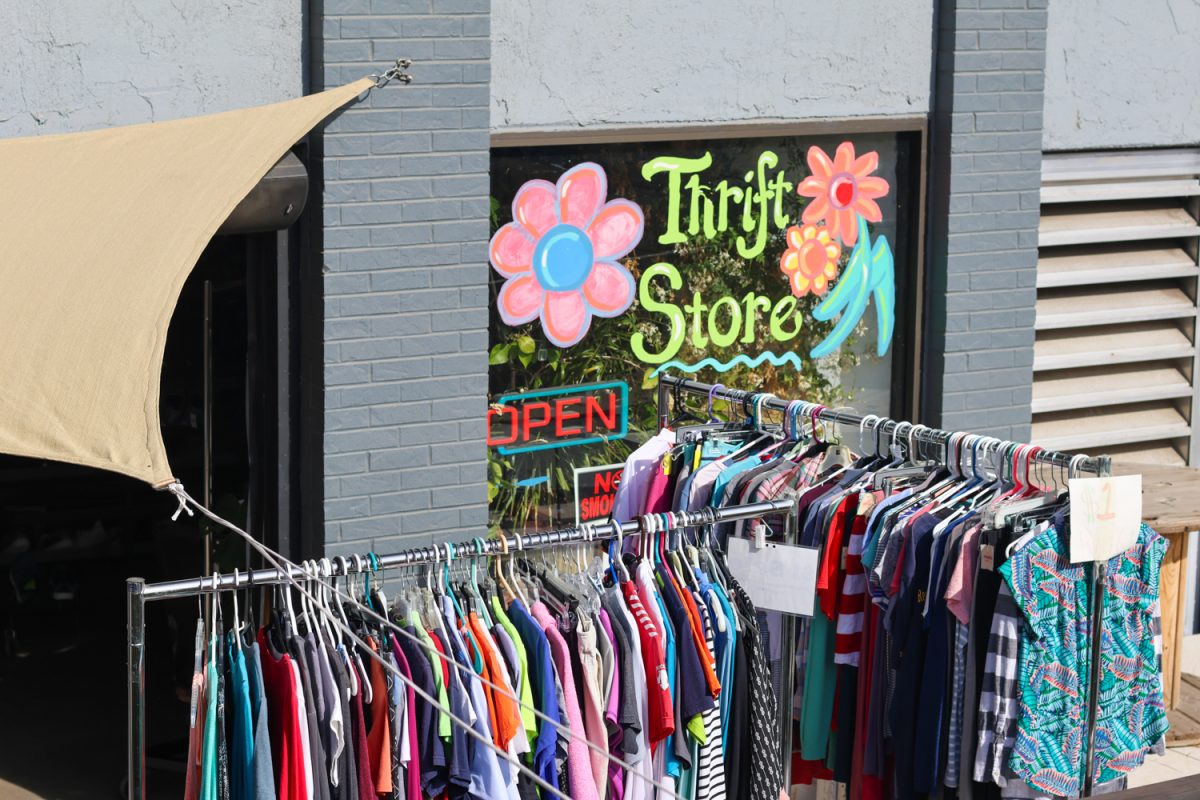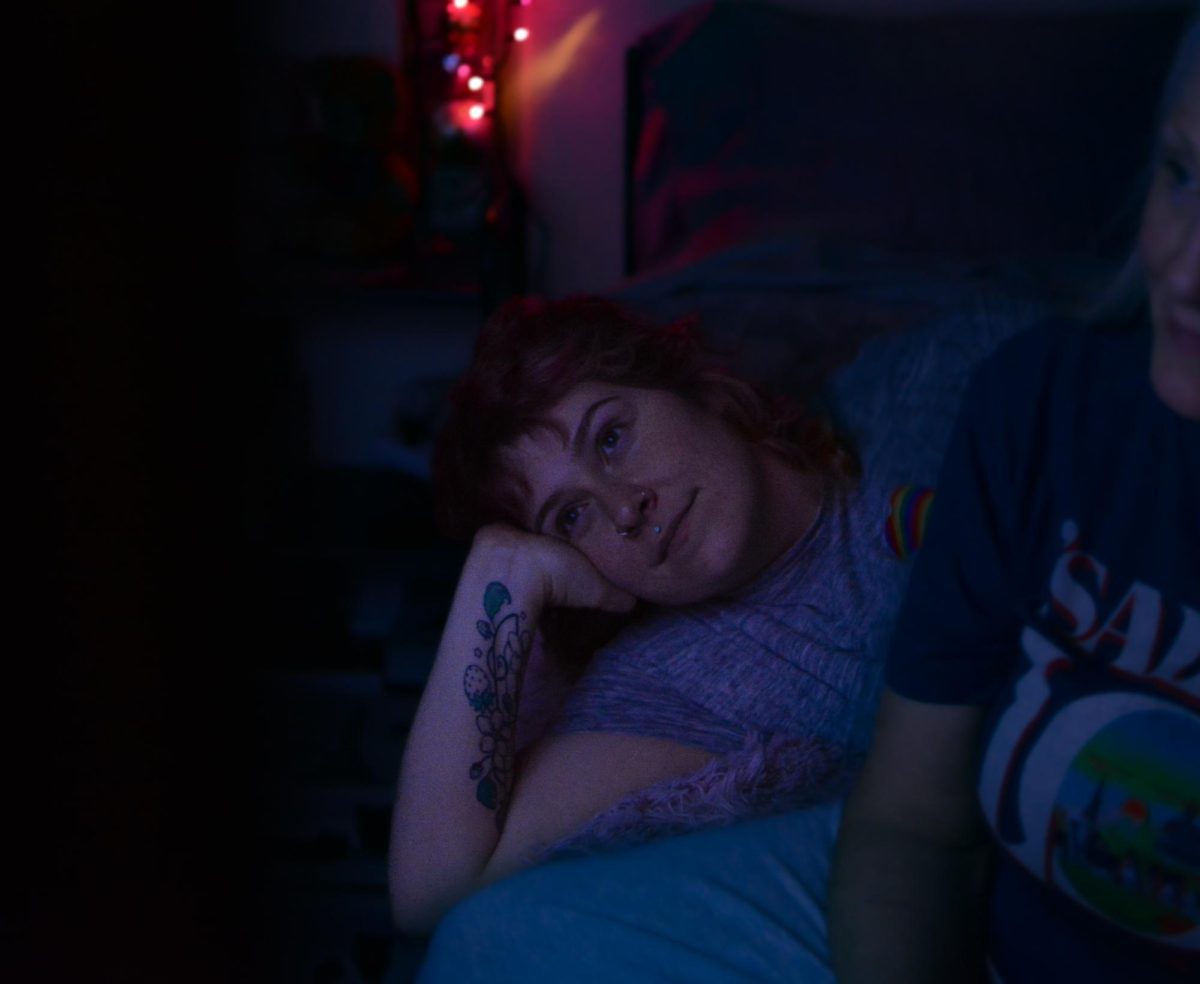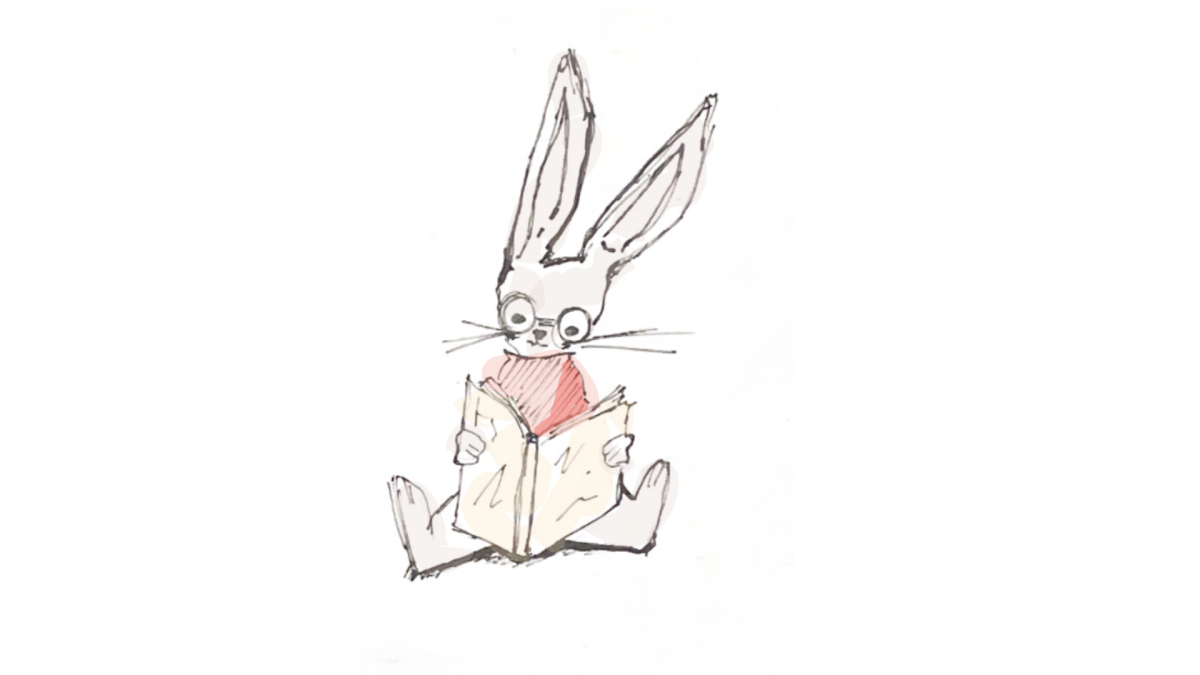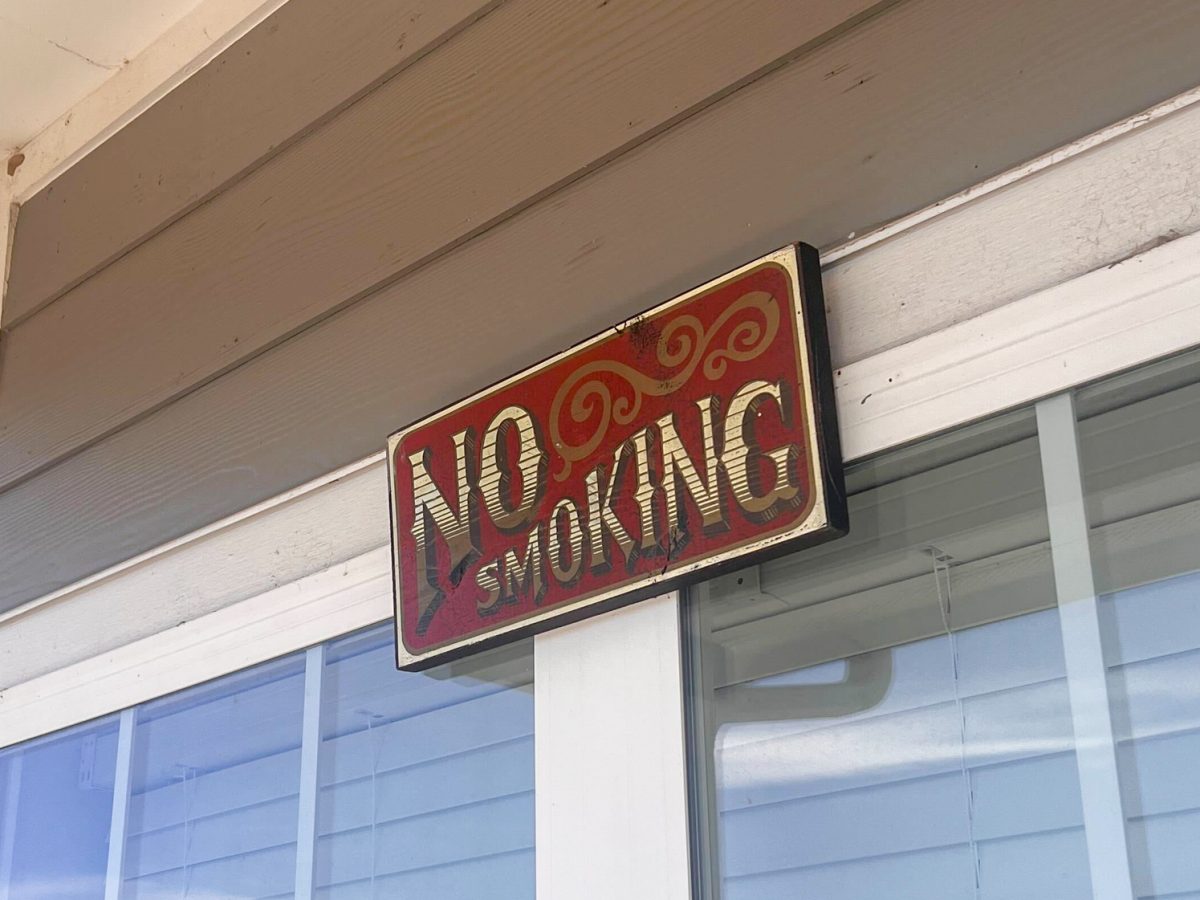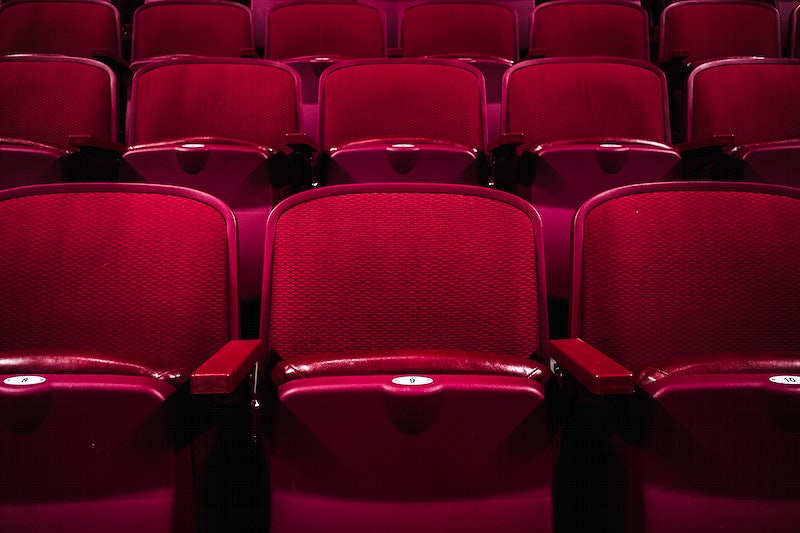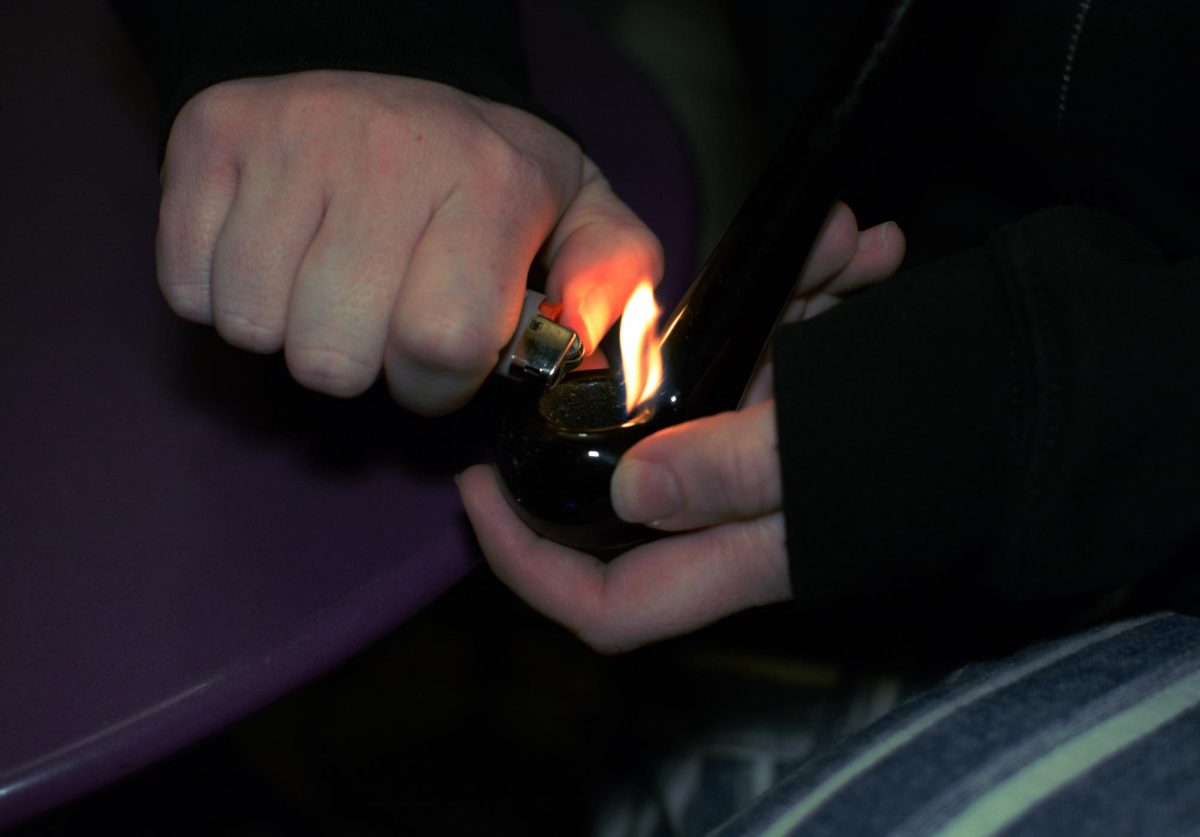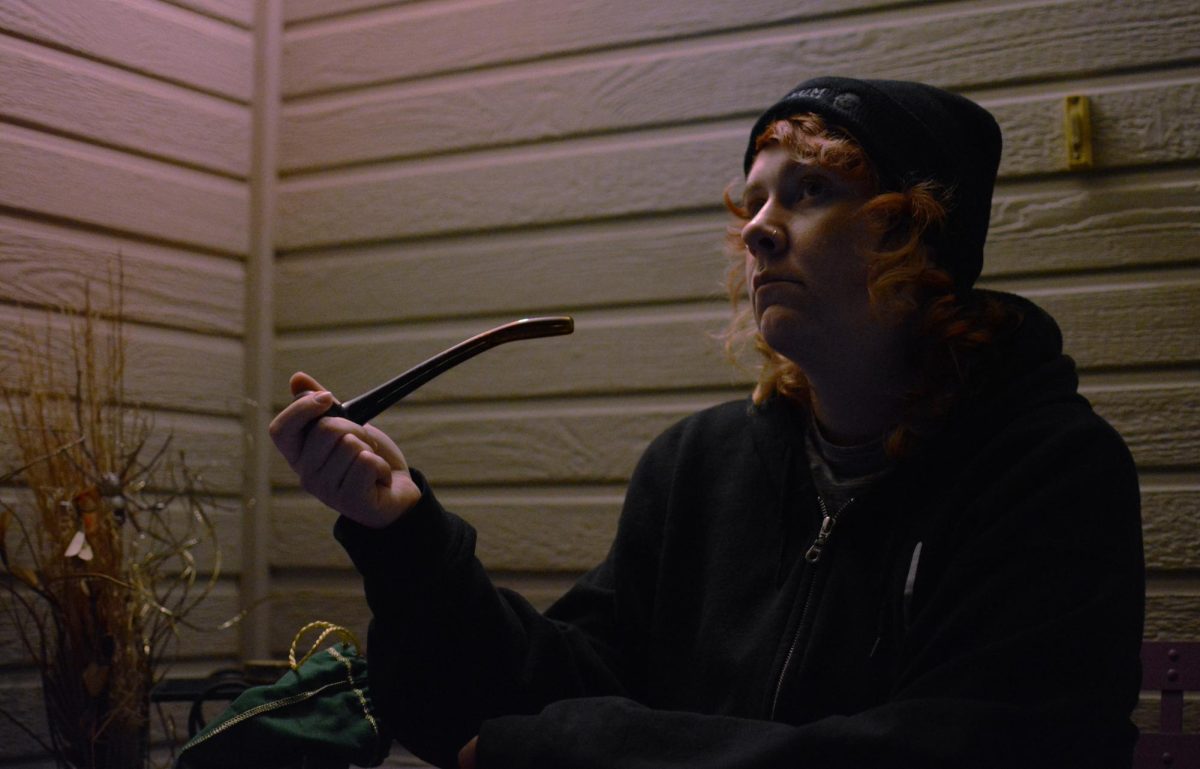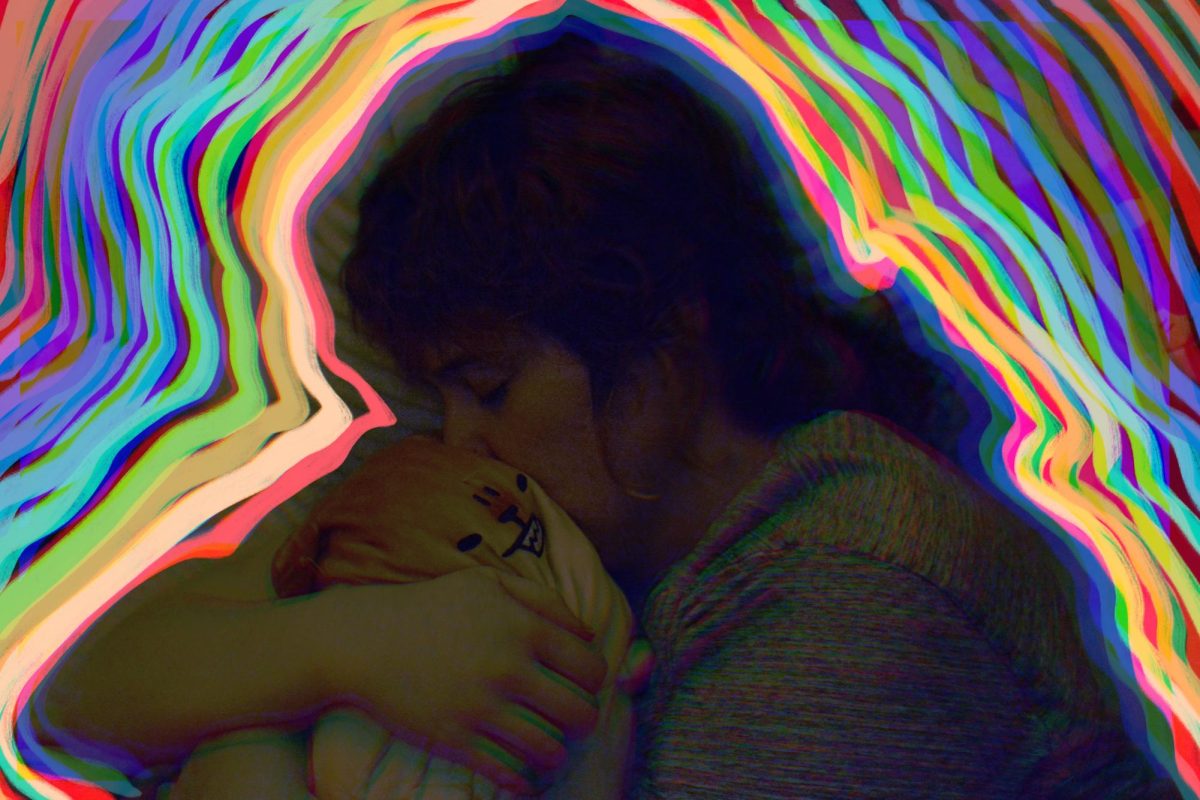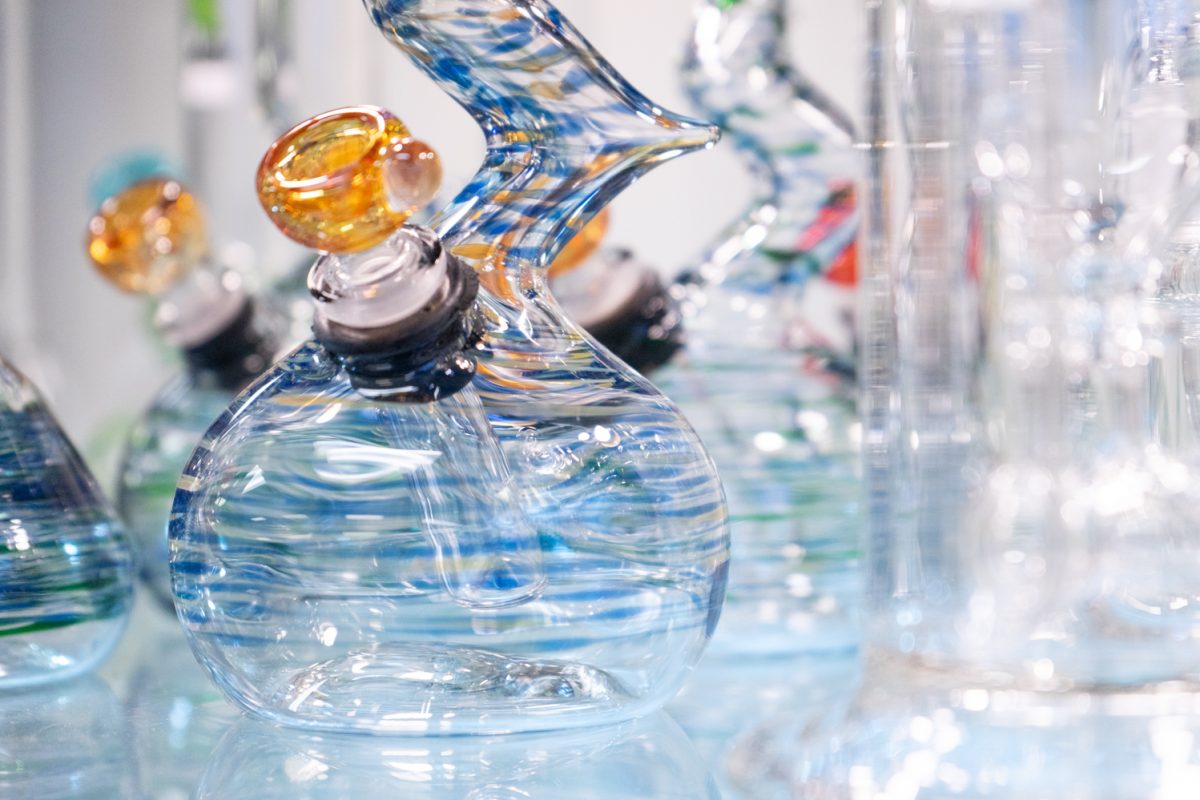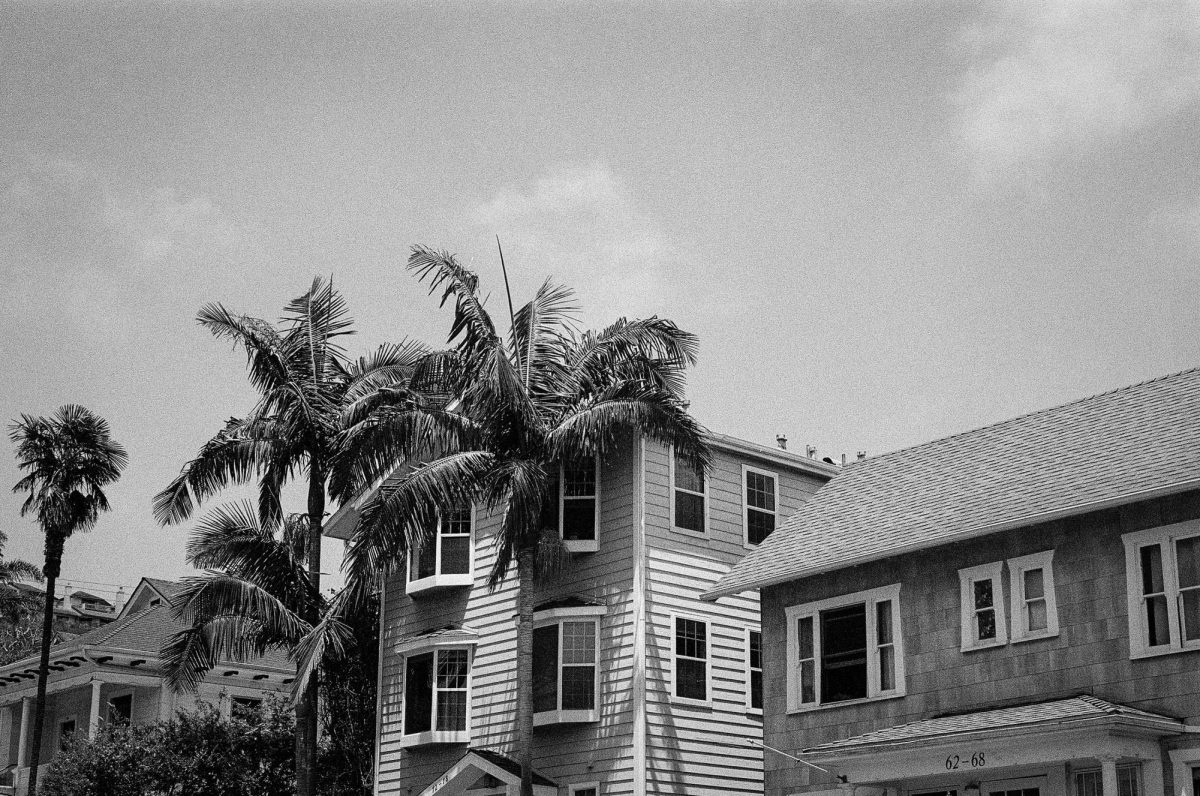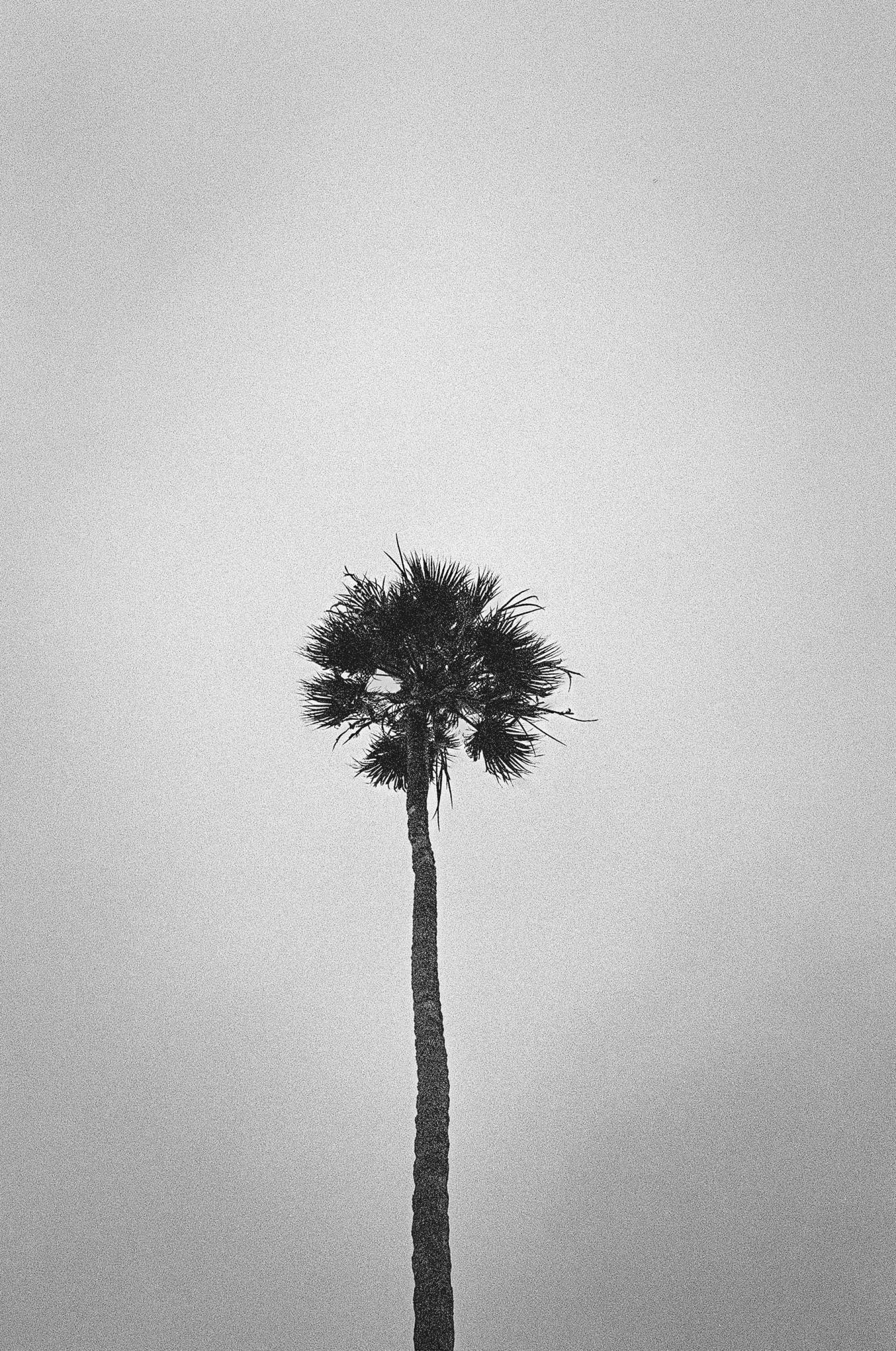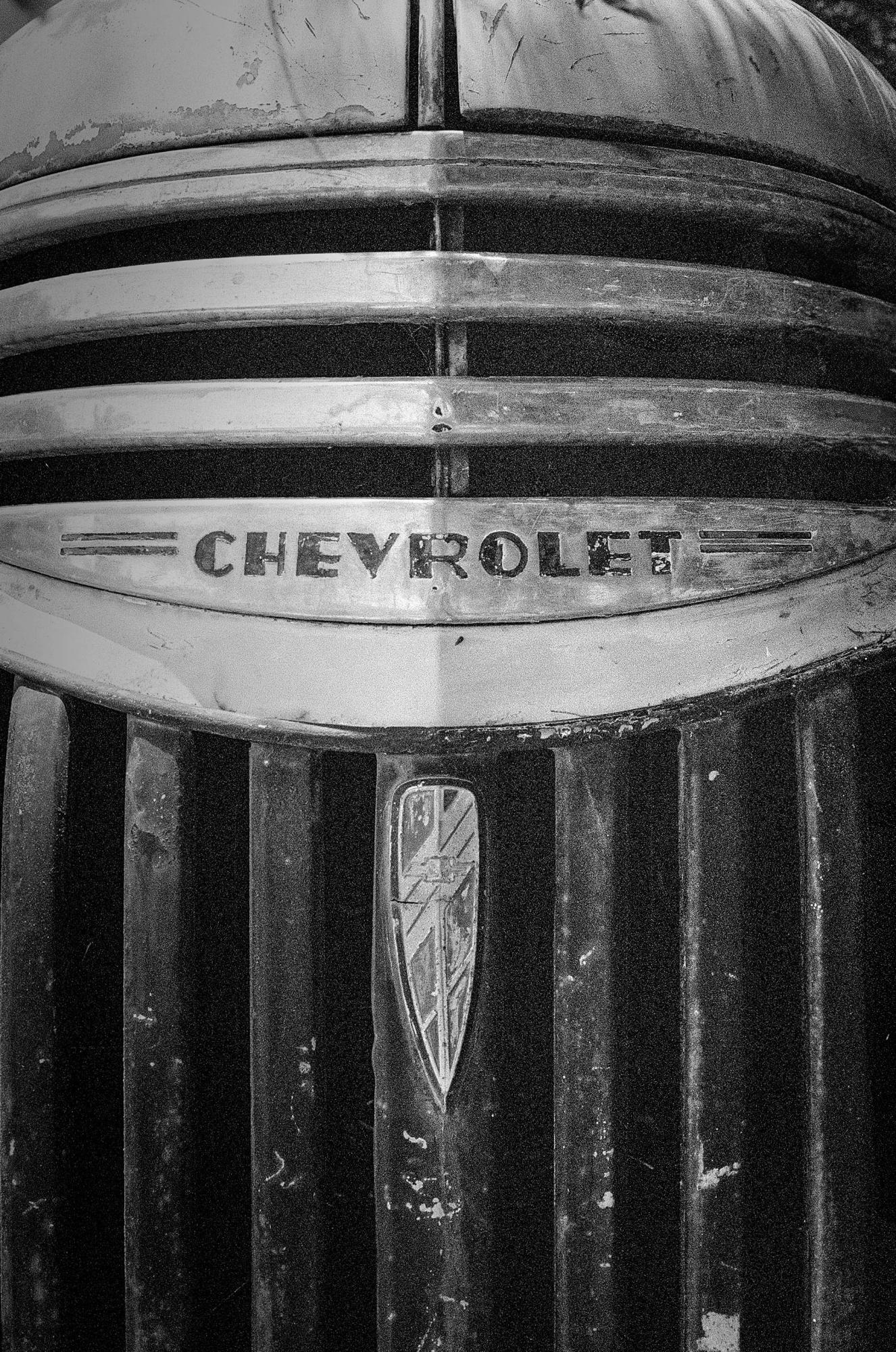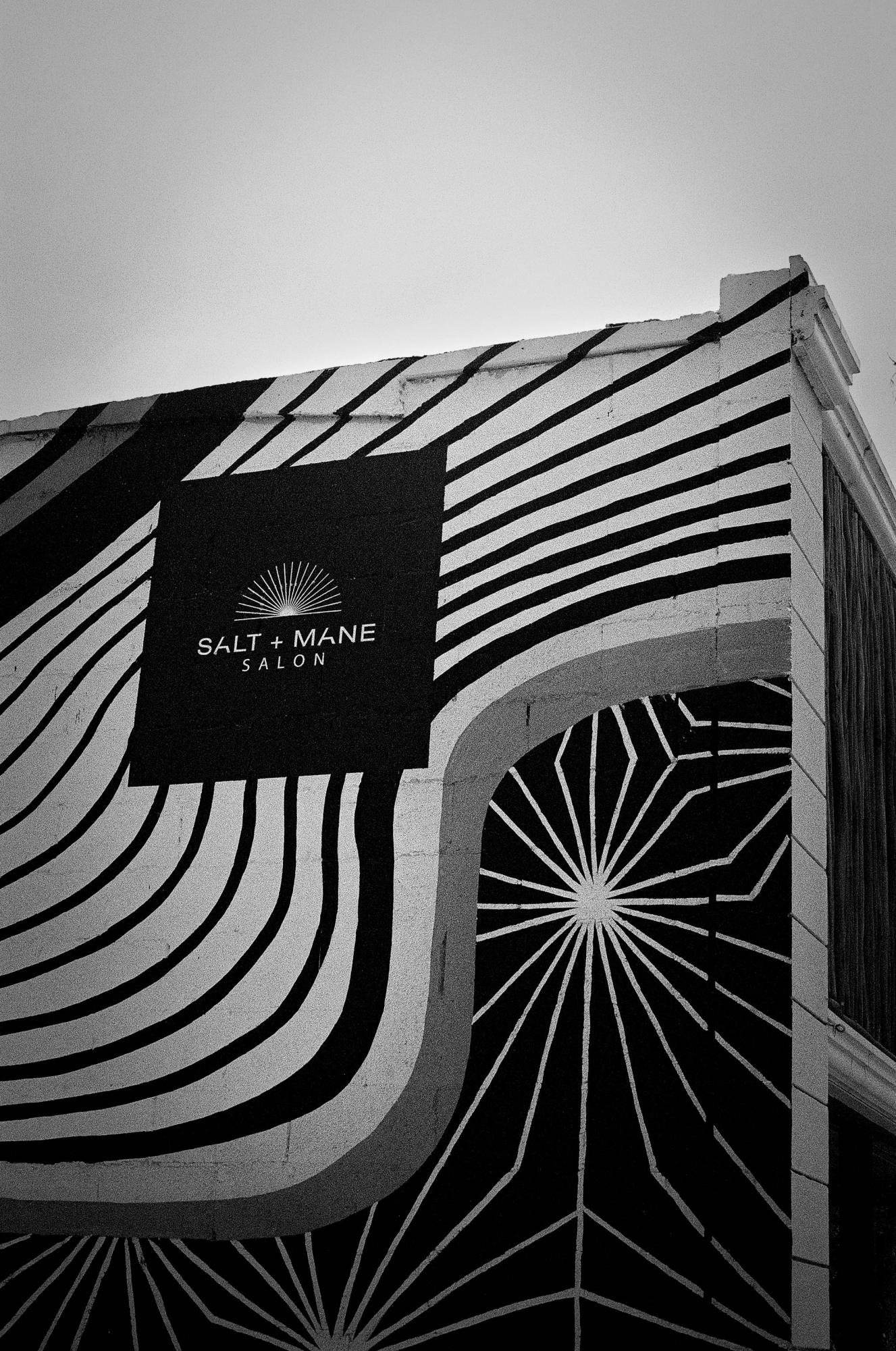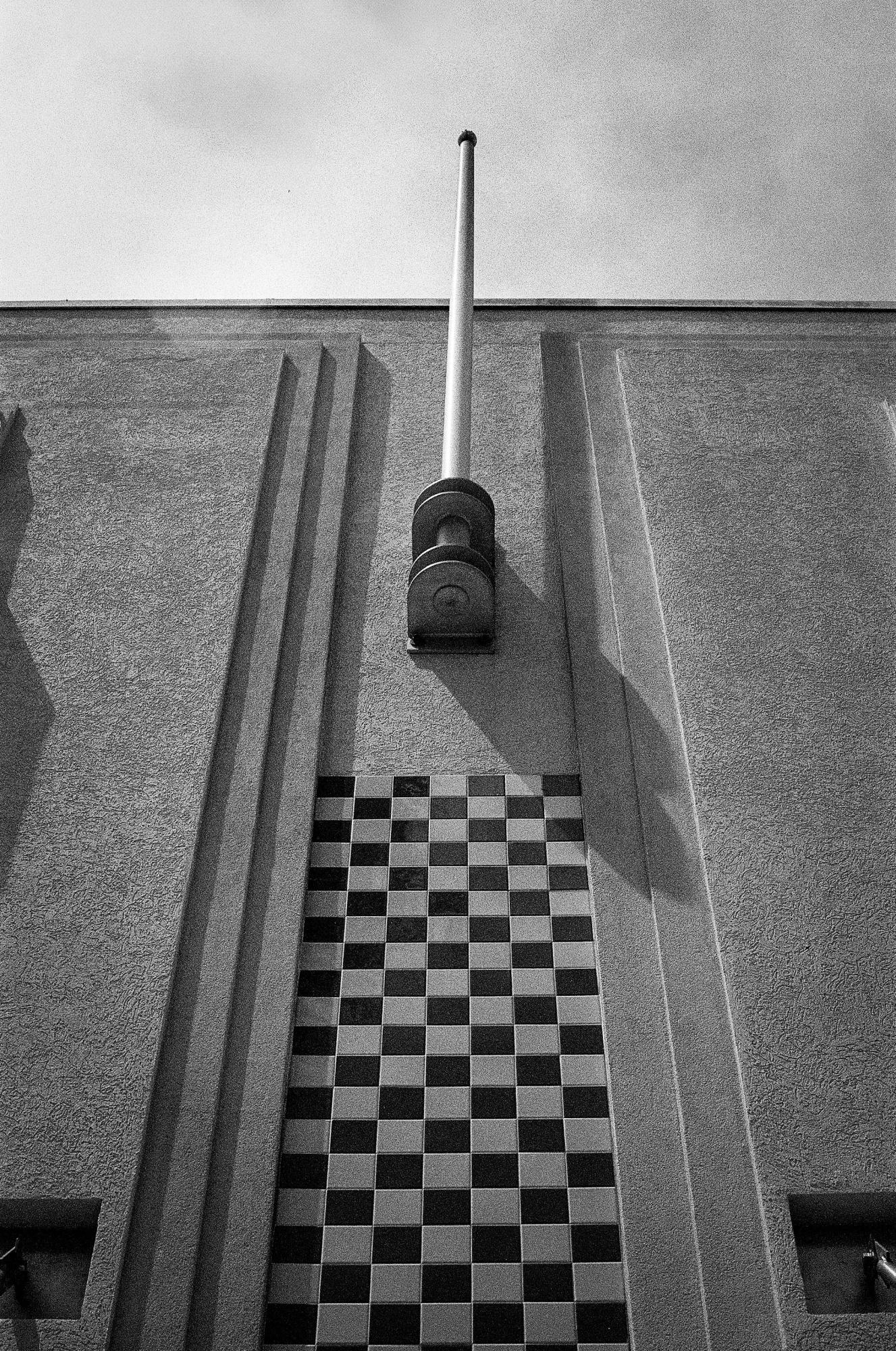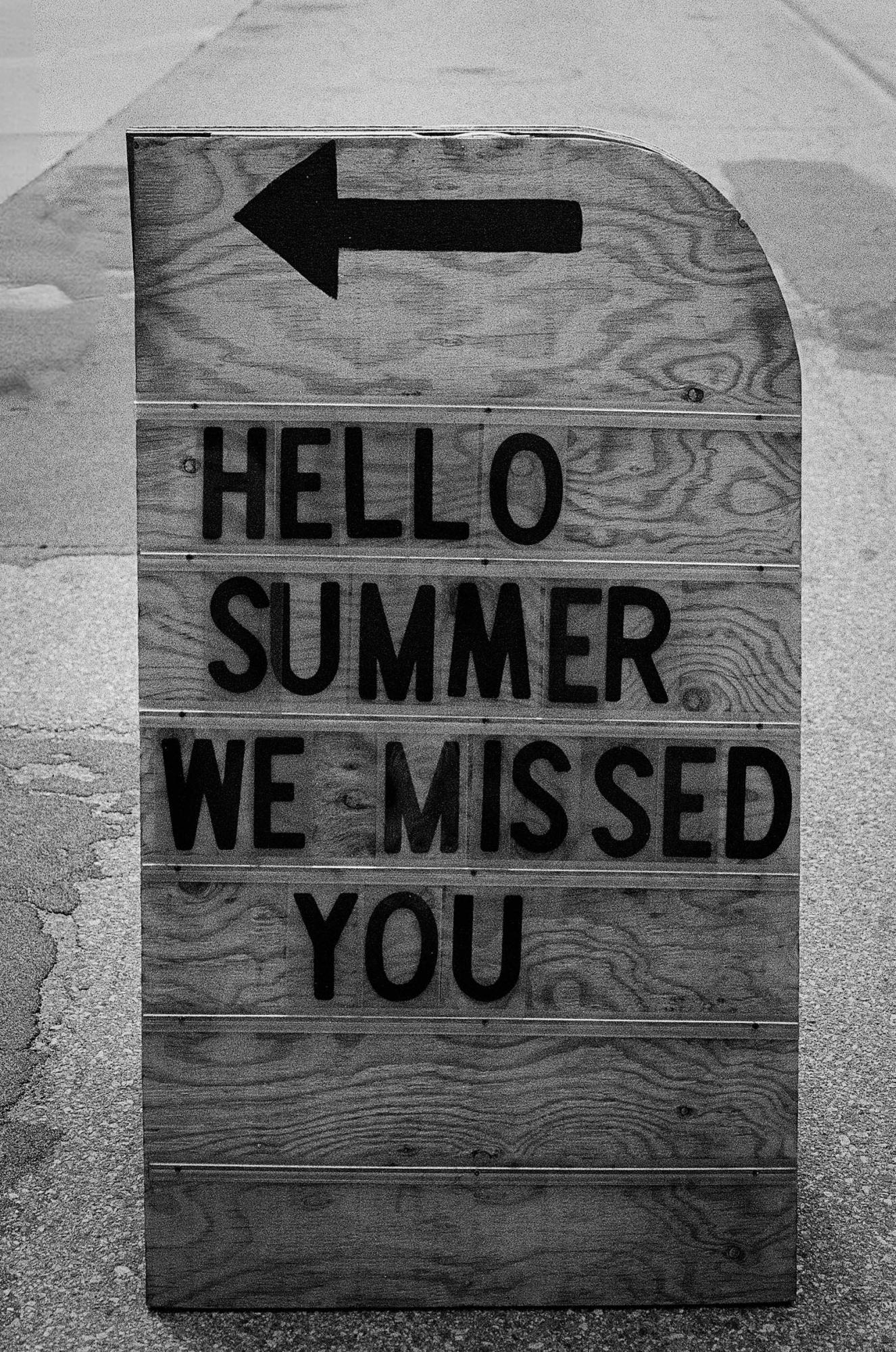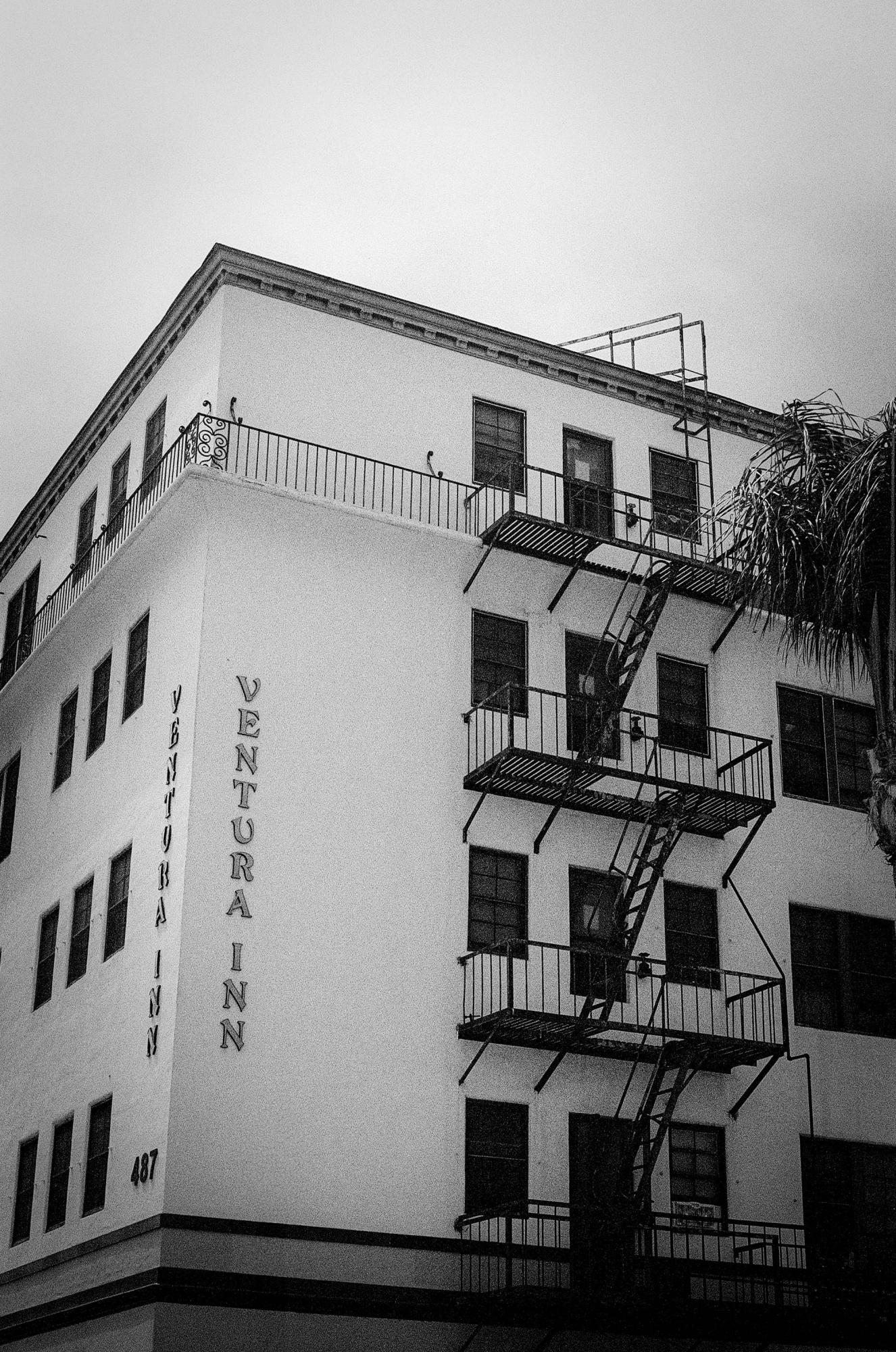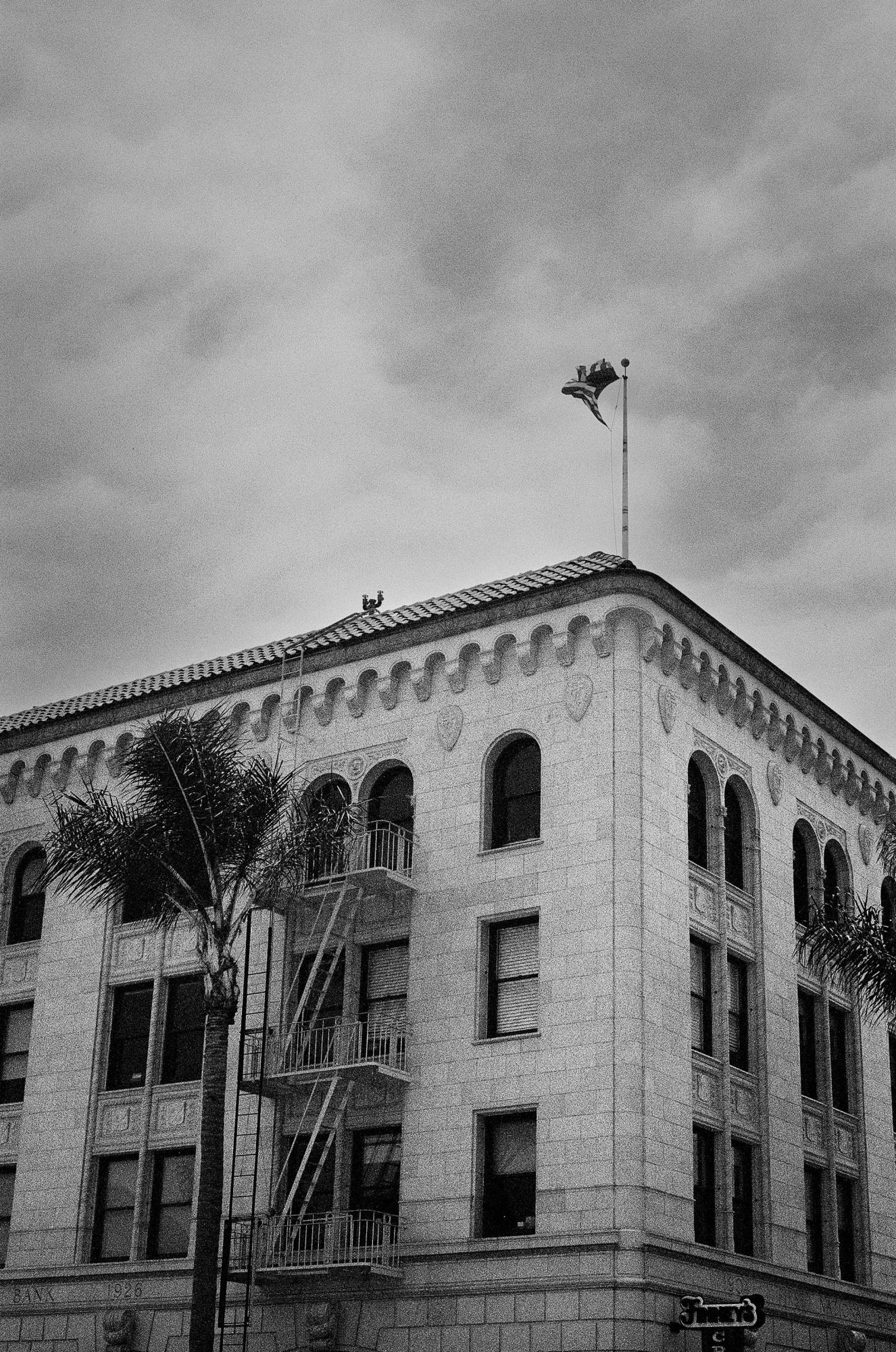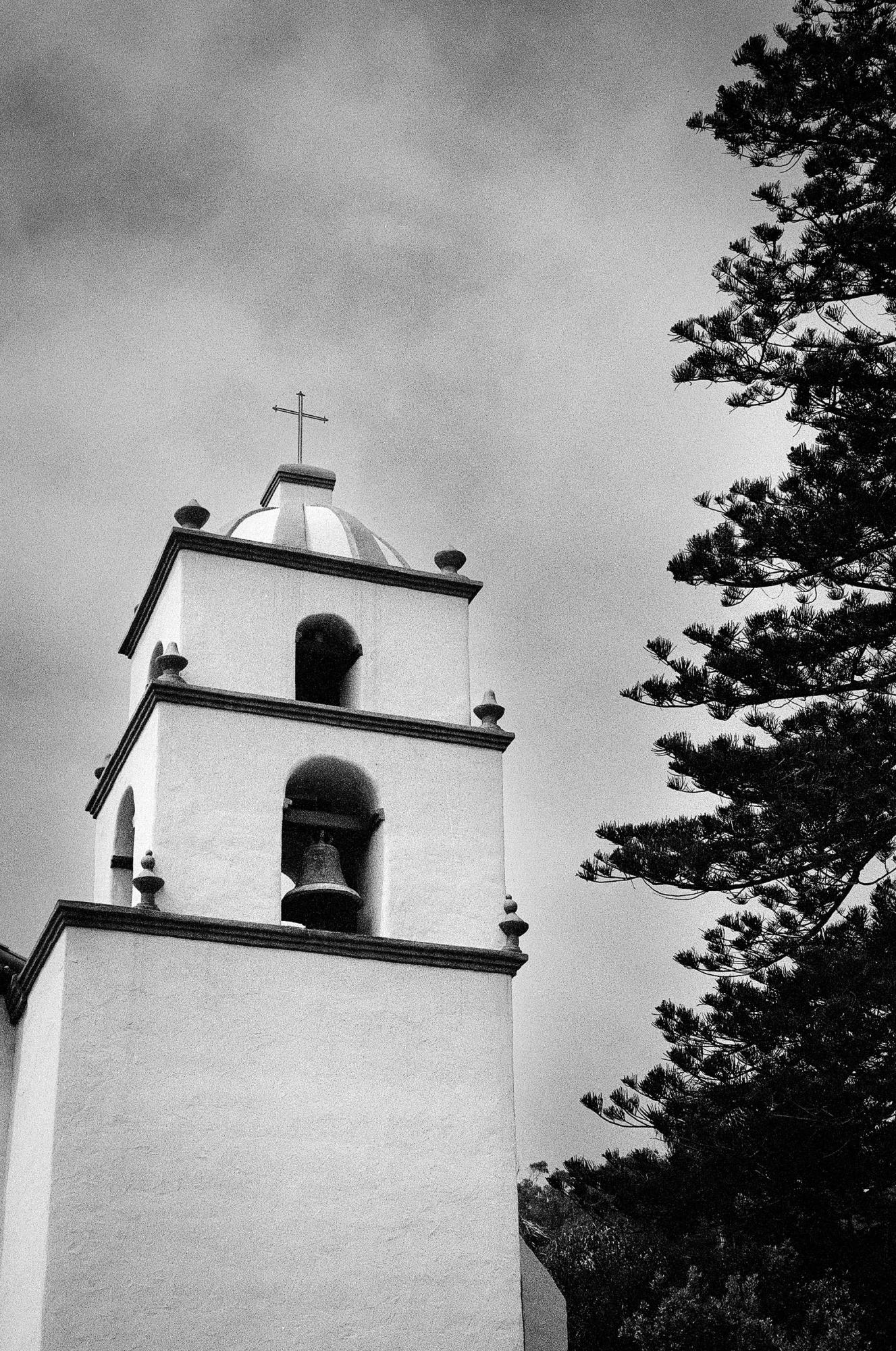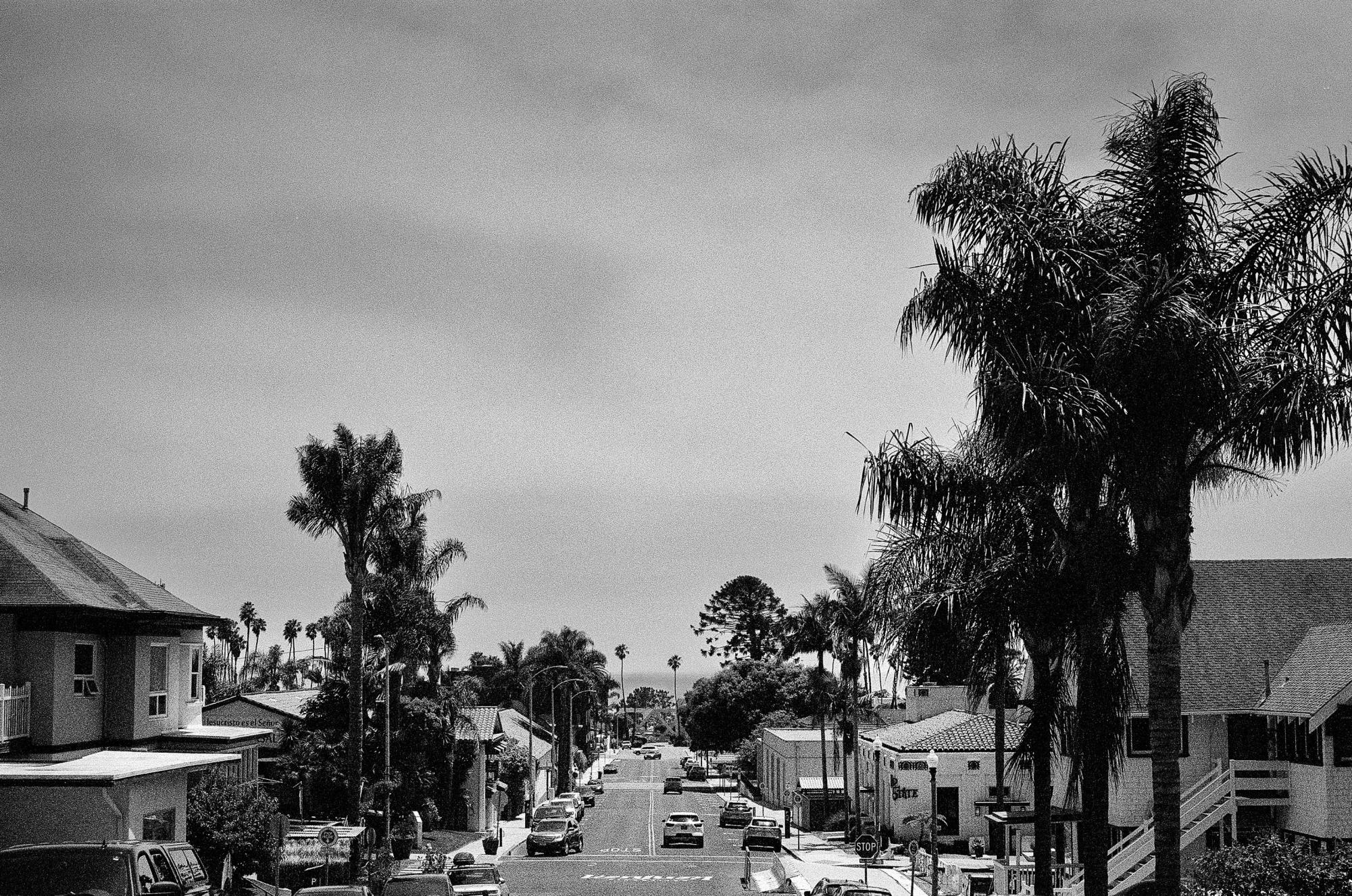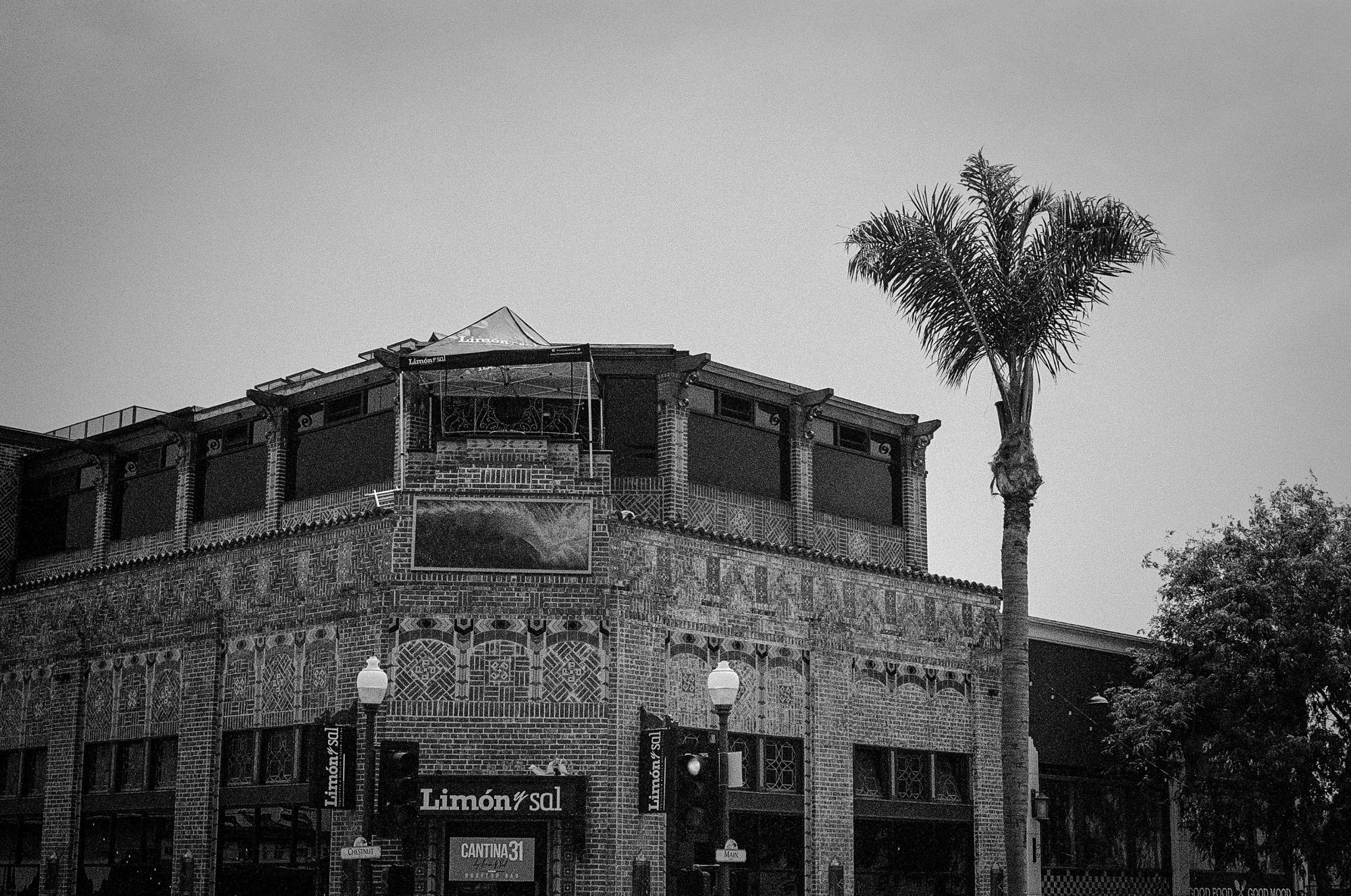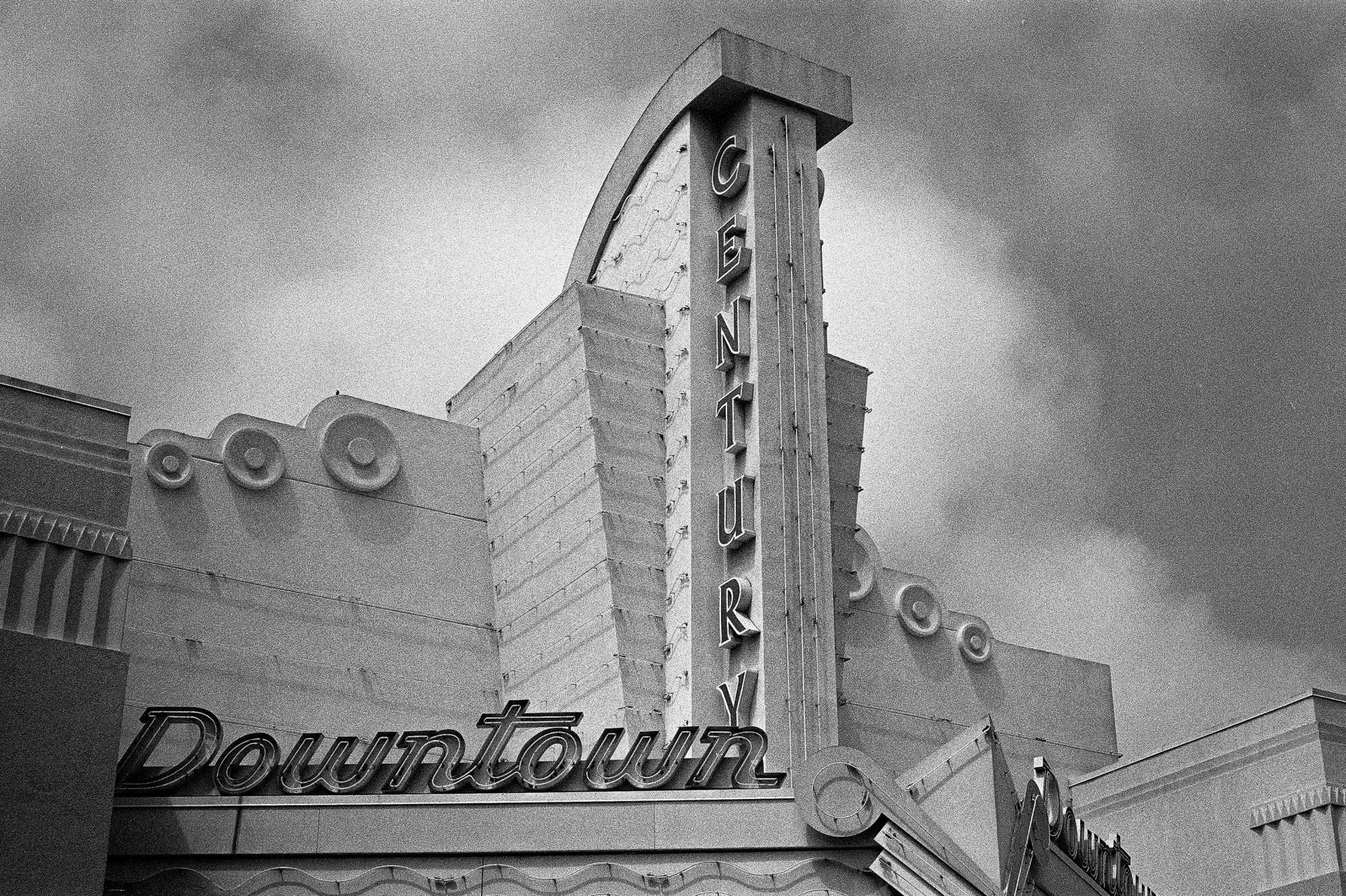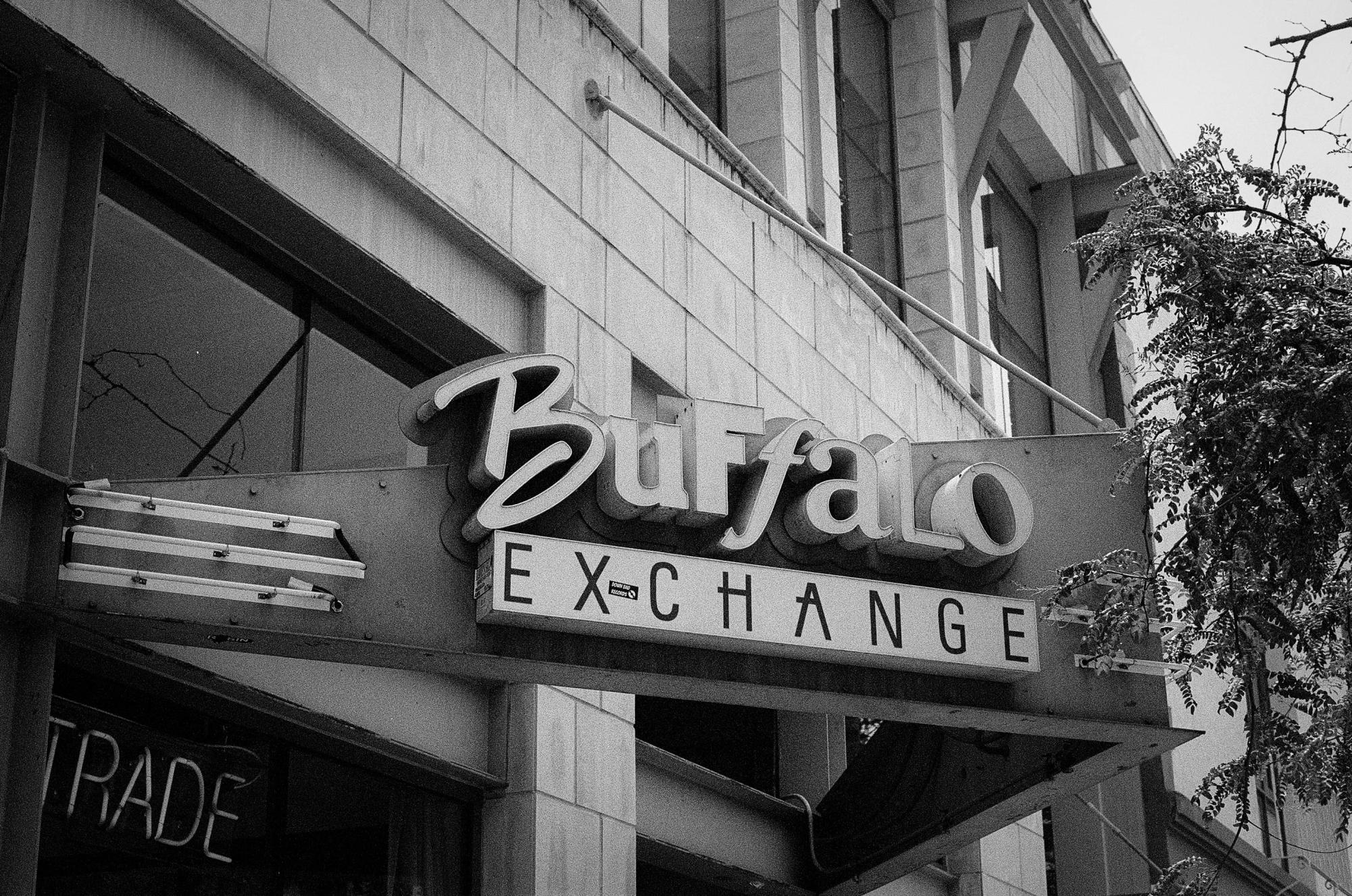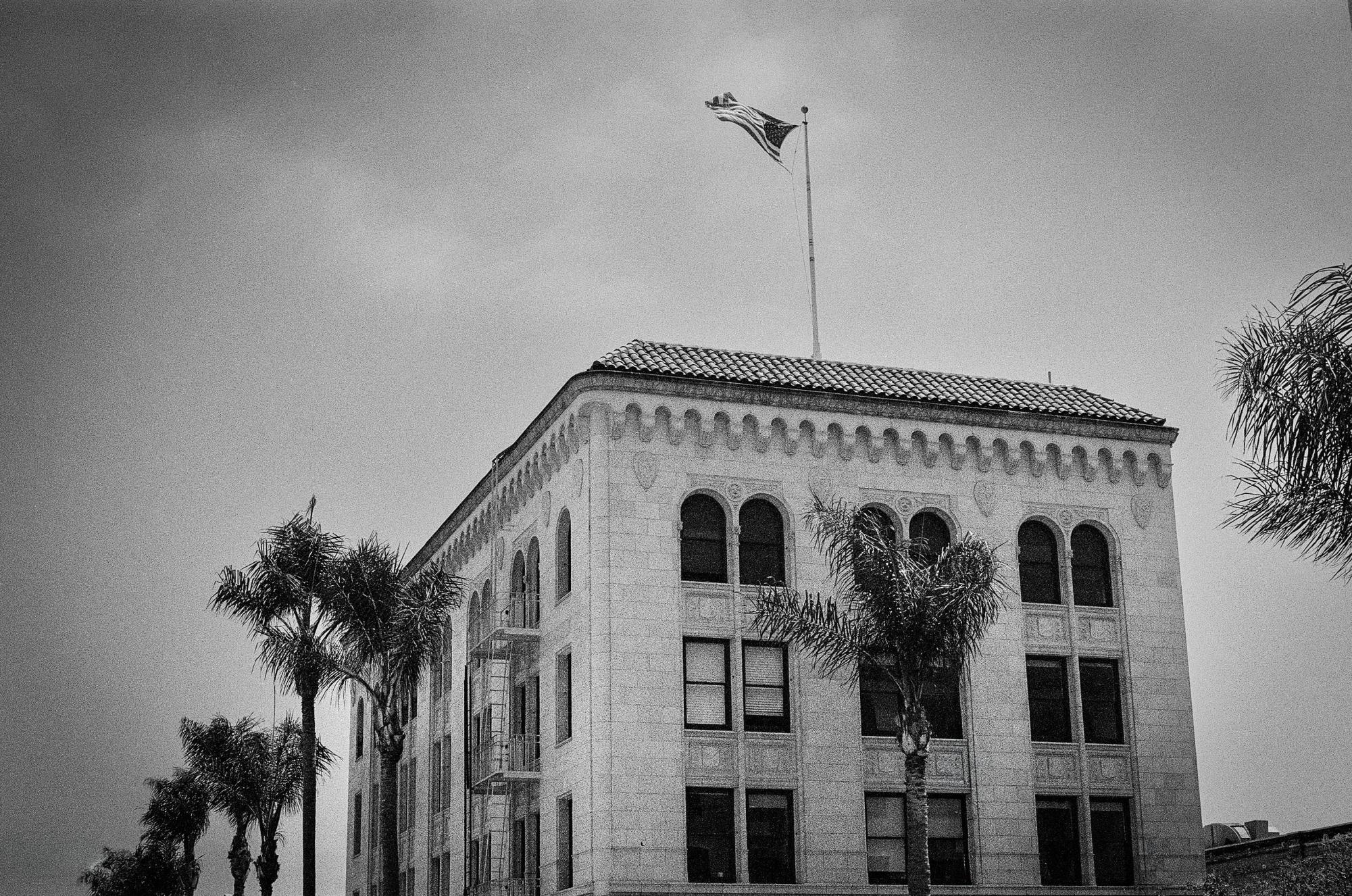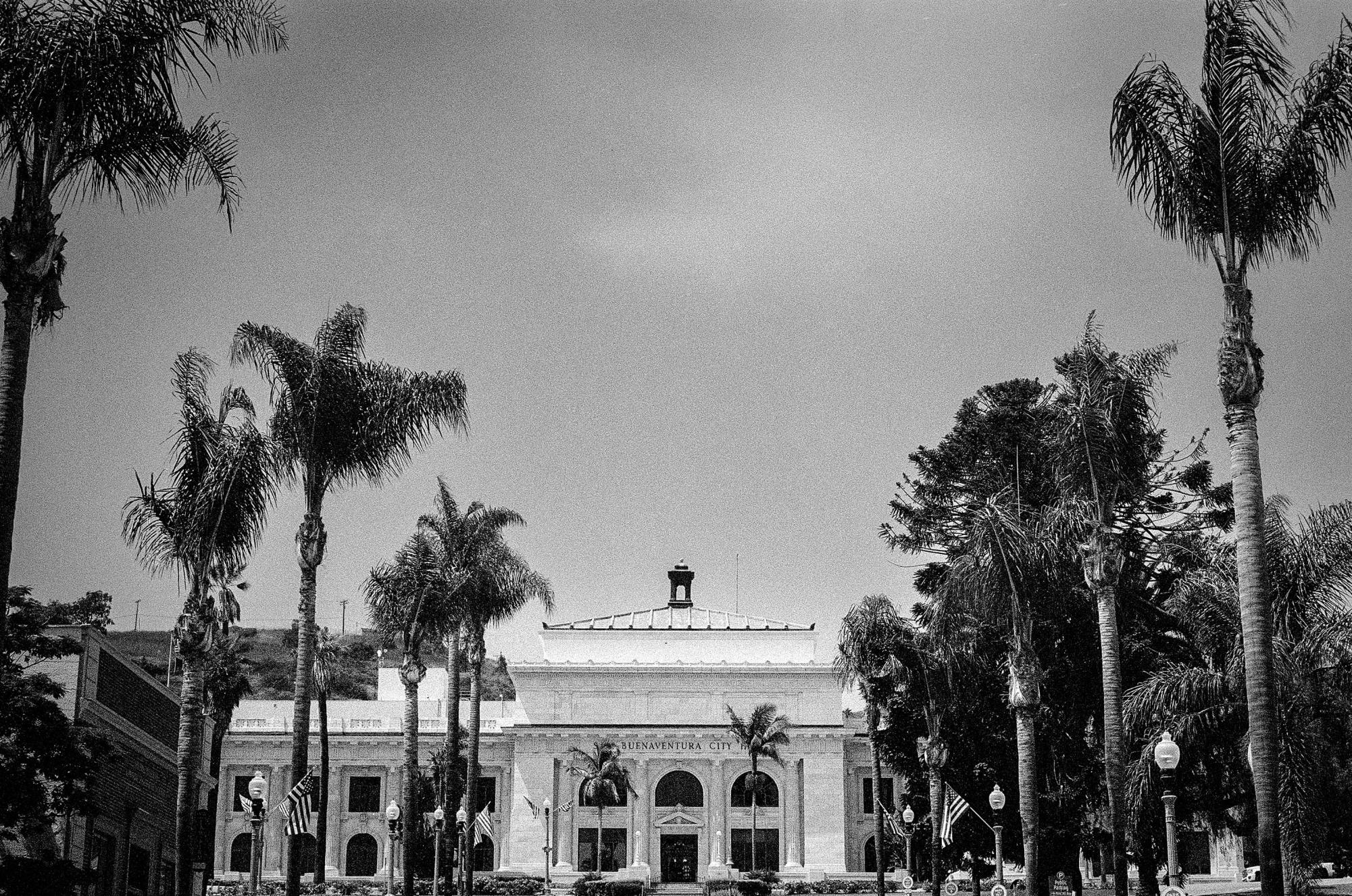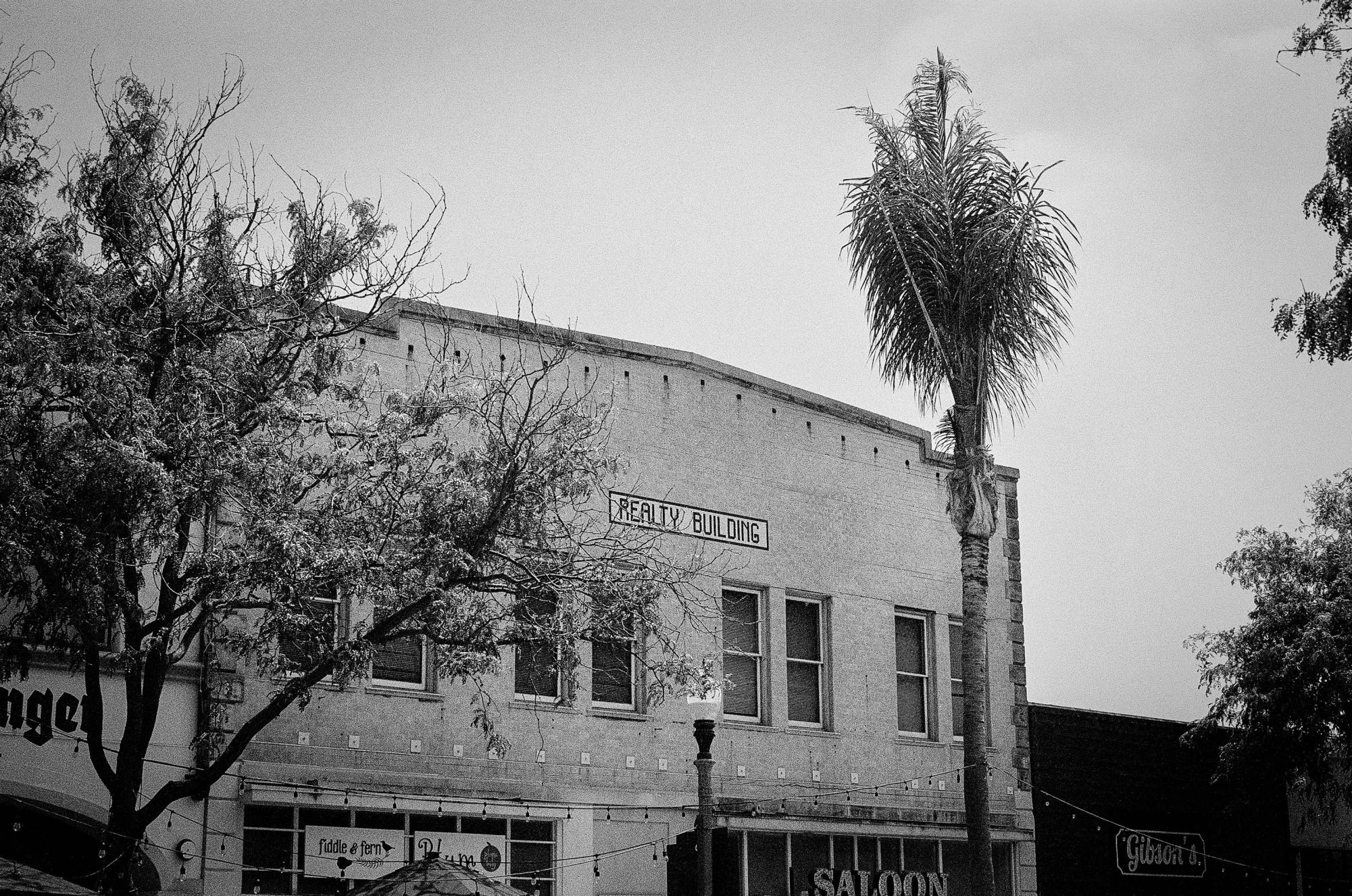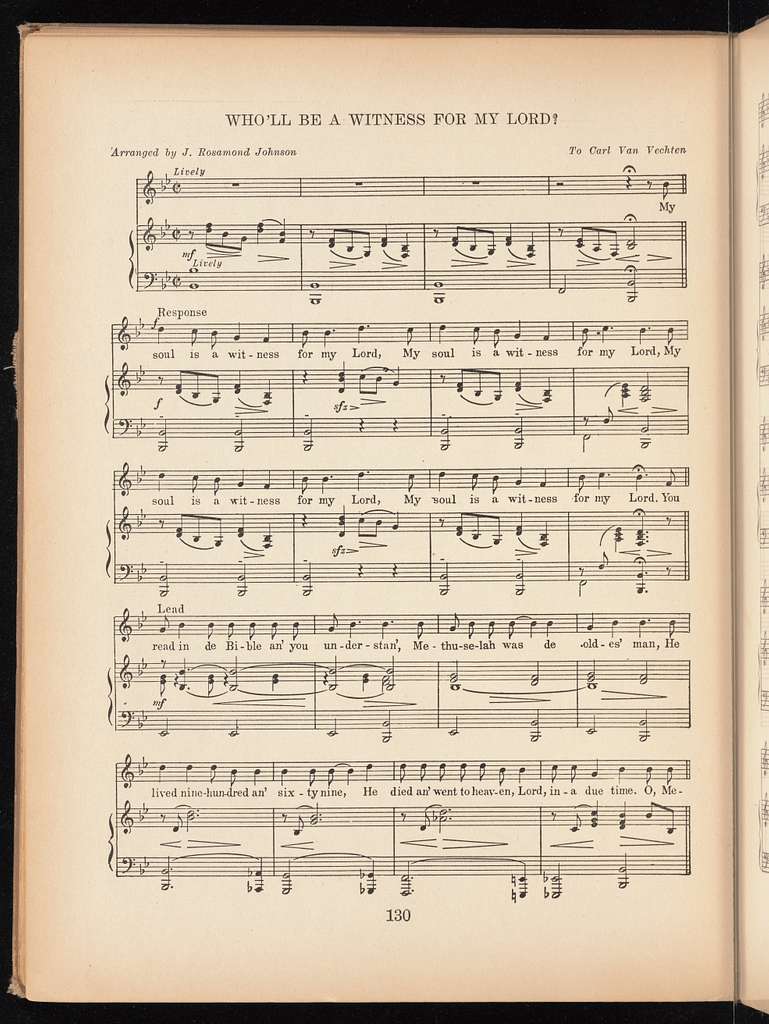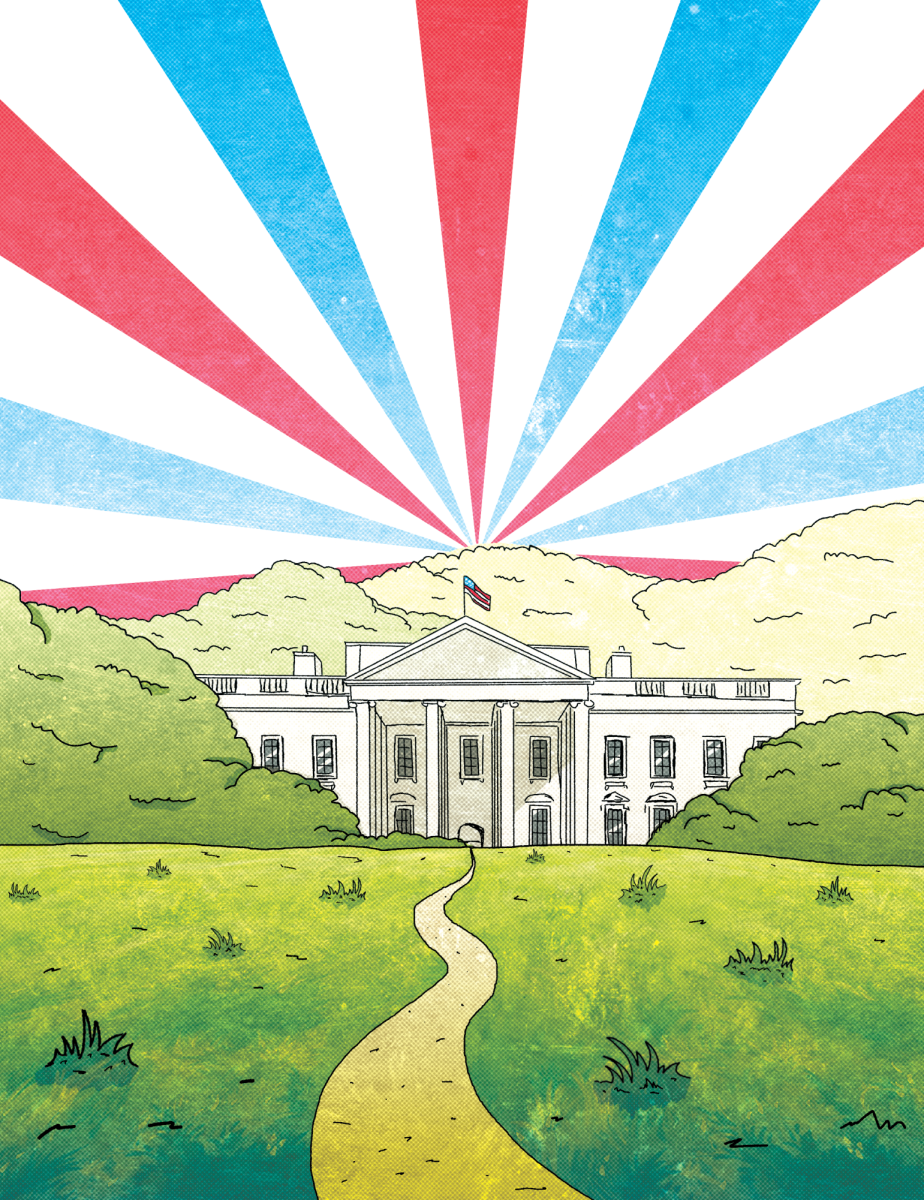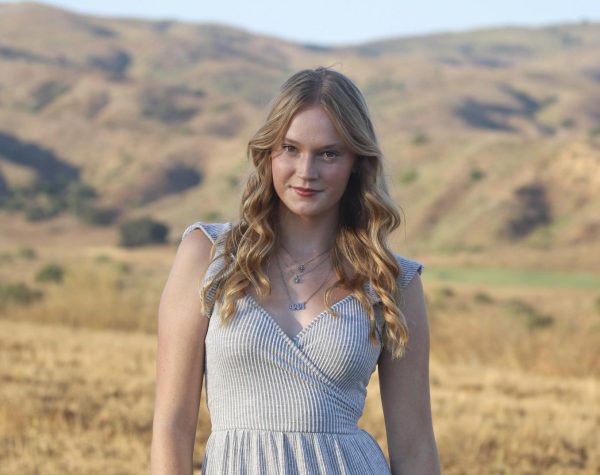Photography is a universal language, and whether it be a passion or or a profession, almost everyone has a lens through which they capture the world. As smartphone cameras and digital tools become more advanced, traditional film photography is quietly becoming lost.
Photography can be traced back to the invention of the camera obscura. It may not look like the cameras we know today, but the camera obscura was the original concept: a dark room with a small opening that allows light to pass through, which projects an inverted image of the outside.
The oldest surviving photograph was successfully captured sometime in between 1826 and 1827 by Joseph Nicéphore Niépce. Made using bitumen-coated pewter plates, the heliograph was the first of its kind.
Since then, countless kinds and styles of photographs have been created using all different types of cameras. The first film camera, the Kodak camera, was made by George Eastman and first publicly sold in 1888. From then until the 1990s, film was the go-to medium for photographers, but from the 2000s on, film use decreased with the rise of better technology.
My first film camera was gifted to me by my uncle for my 15th birthday. Since that day, my Canon AE-1 Program has become, as I call it, my emotional support camera. Even when I use my newer digital camera, I find myself reminiscing about the camera that’s traveled with me everywhere, from Los Angeles to Rio de Janeiro.
Although digital photography is easier to master and produces photographs much faster, there is something exciting in the unpredictability of film. The anticipation of not knowing how your photos will turn out is a feeling everyone should experience at least once. My favorite way to spend my day is taking photographs on my AE-1 Program, grabbing a chai latte, and heading down to my local camera shop to drop off my rolls of film (and browse their camera selection).
One of the reasons I prefer to shoot with my film camera is that there is a high level of skill you have to reach to be able to create strong photographs. The aperture, shutter speed, ISO, exposure and focus are each elements that need to be manually adjusted in order to ensure that the photo you are trying to create turns out clear and concise. Using a film camera requires more intentionality than using a digital camera, which has the ability to automatically handle all of the formerly mentioned settings.
There are so many varieties of film on the market, and although they can be expensive, I find it fun to try out different brands to find what you like best. Each type is a little different, so although it can be intimidating to shoot with a roll of film you’ve never used before, it can also be rewarding. I’ve found that my go-to for my 35mm camera is Kodak Gold 200 color film or Ilford HP5 Plus black and white film.
I’ve shot with my film camera so much that it’s become muscle memory, and surprisingly, I find myself more comfortable with it over my digital one. One aspect I love about photography though is that there is always something new to learn. Now that I feel like I have gotten comfortable with my AE-1 Program, there are so many cameras out there ready to be used.
I truly believe that if you are someone who is interested in photography, you should try shooting film. It doesn’t even have to be with a fancy camera, a simple point-and-shoot camera works just as well. Although it’s a craft that isn’t as popular as it used to be, it’s still just as fun.
So swing by a coffee shop, grab your favorite drink and your camera, and get out and take in the world through your camera lens.

